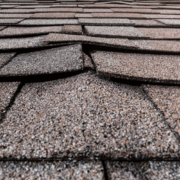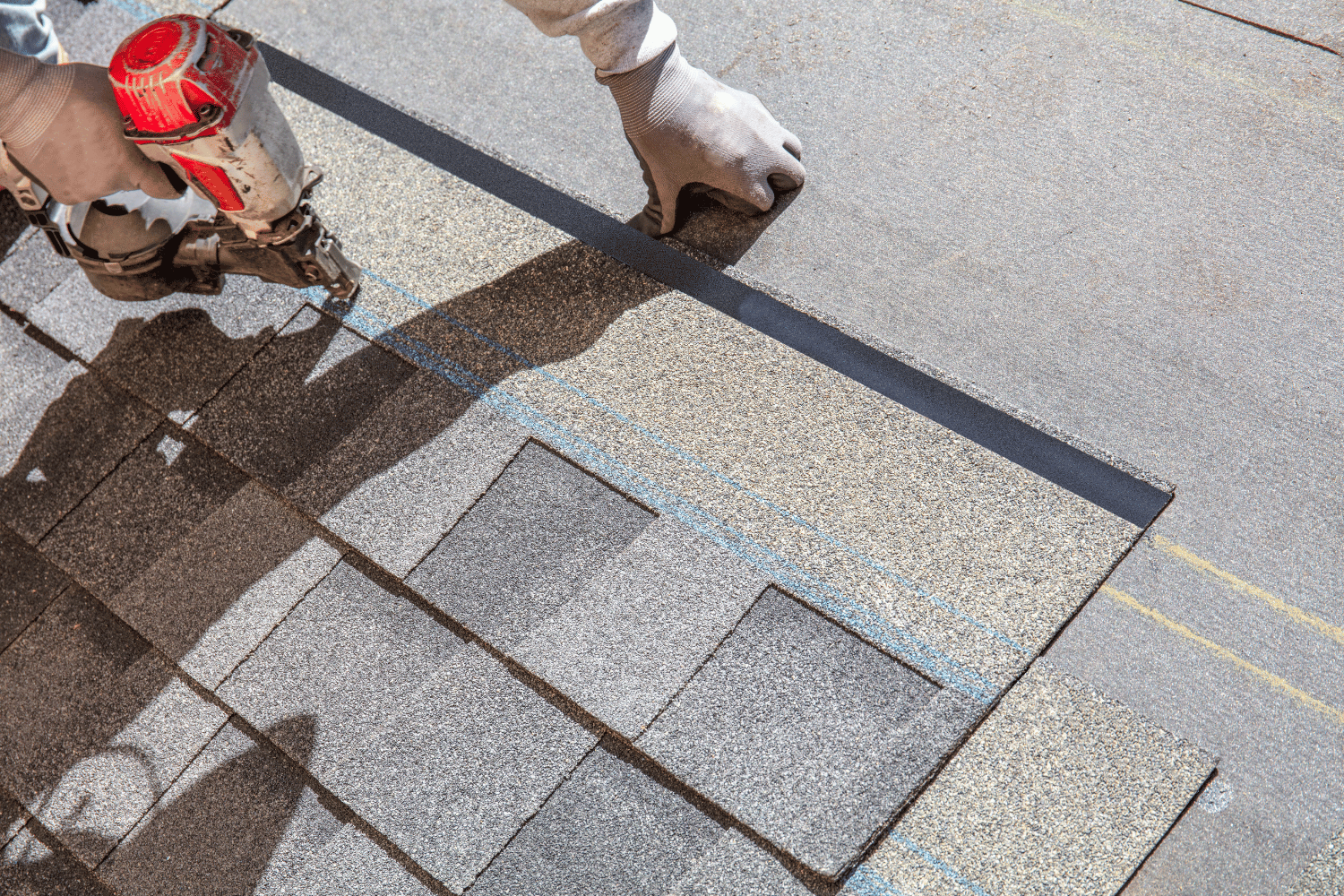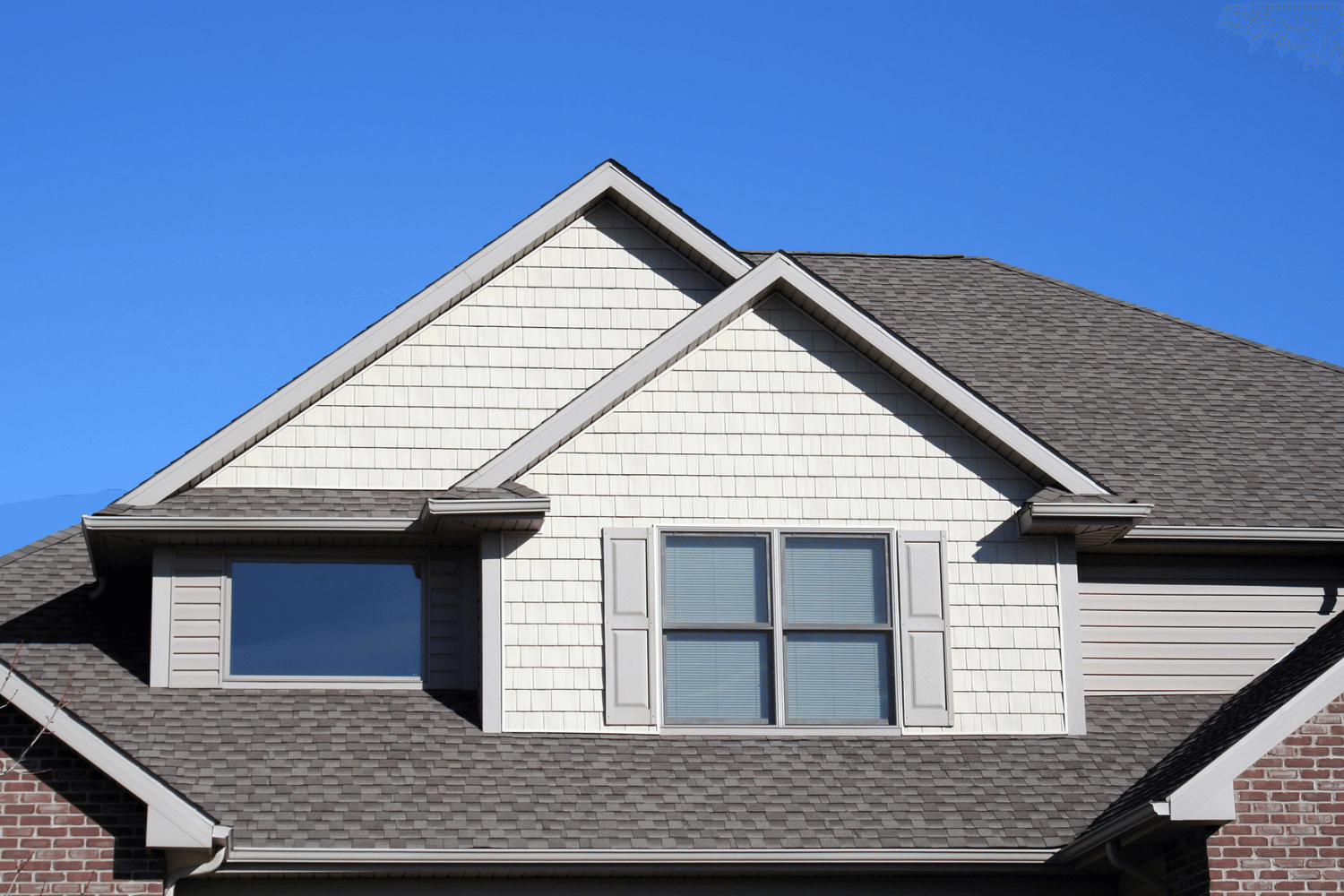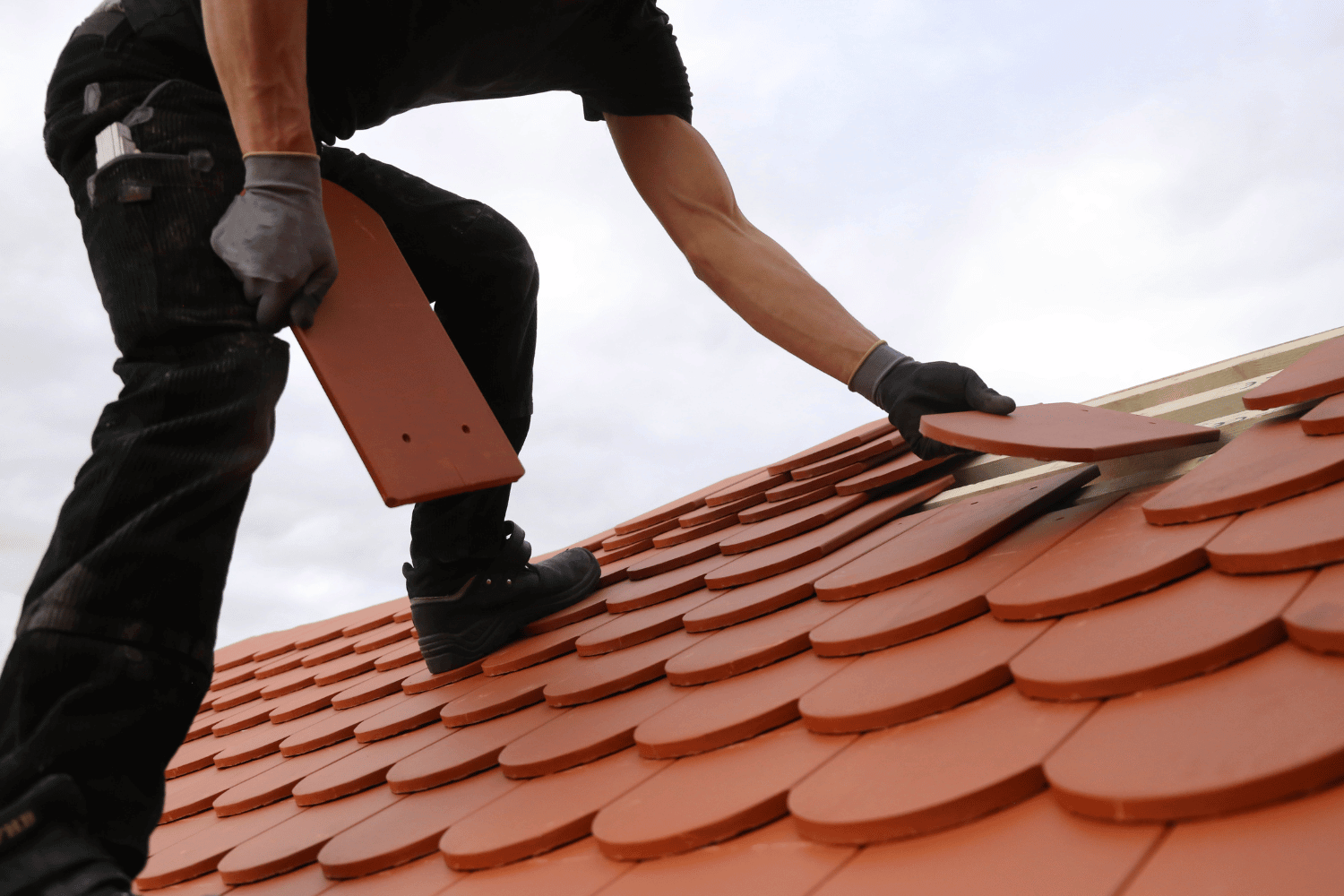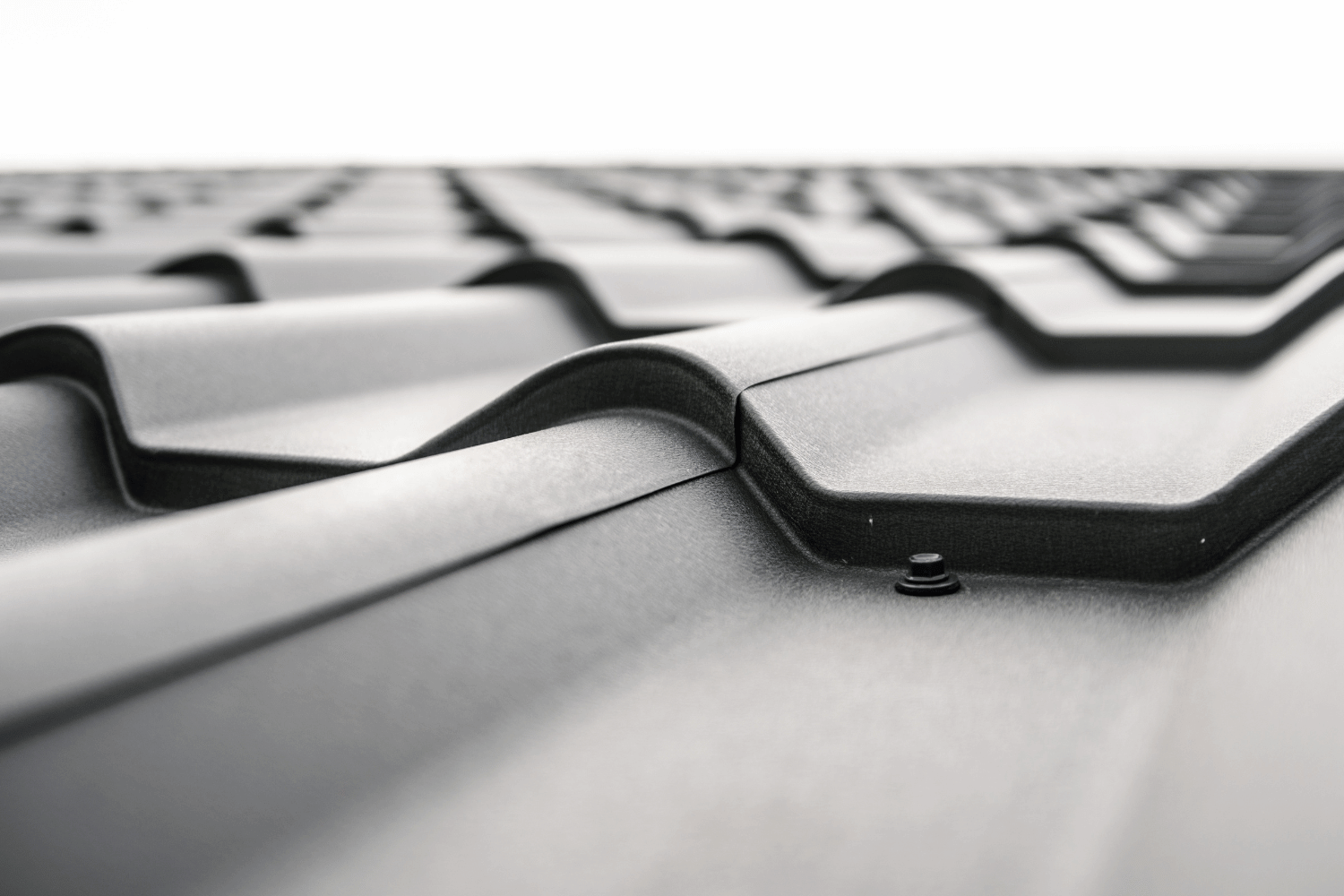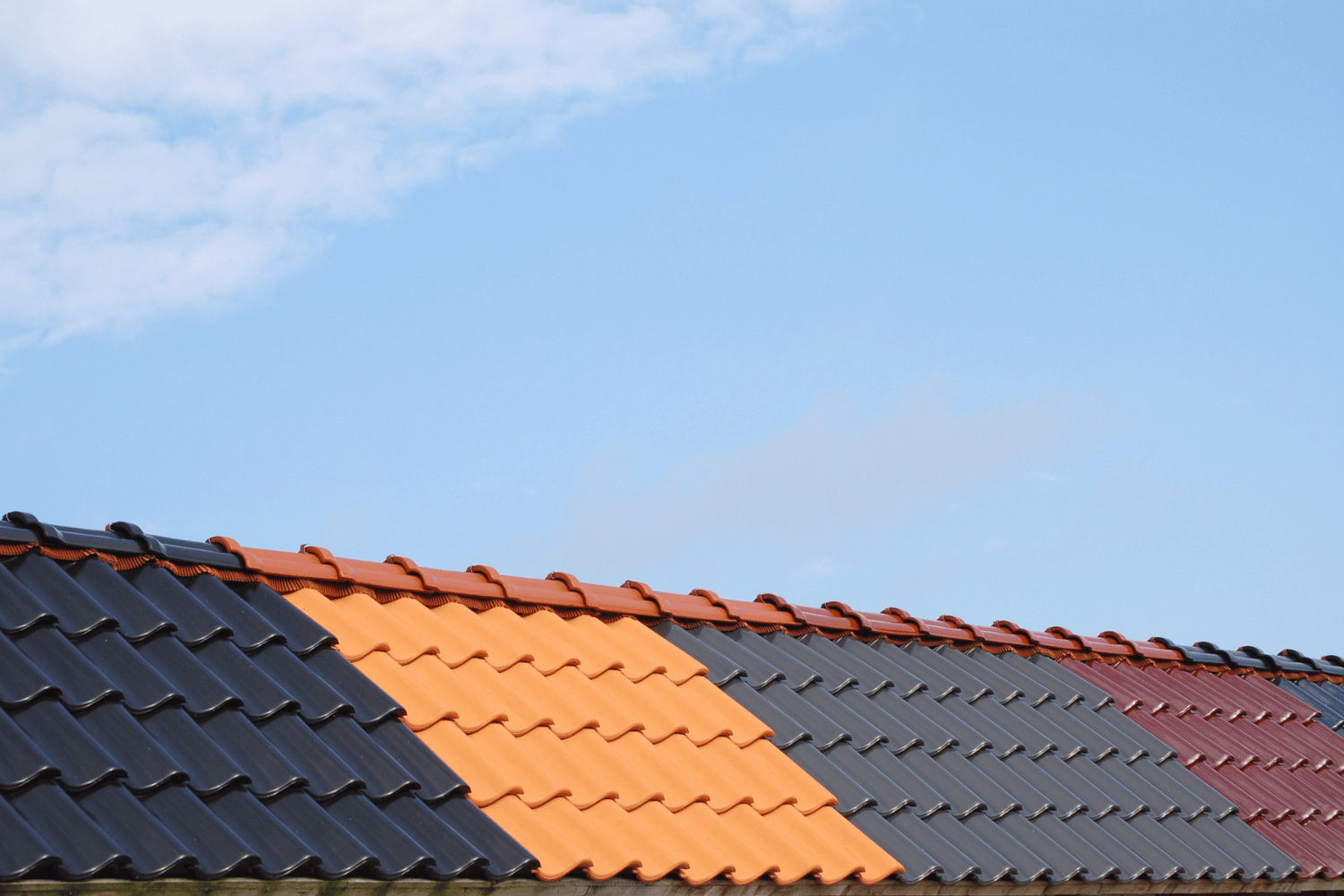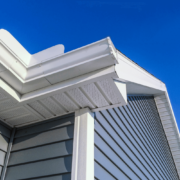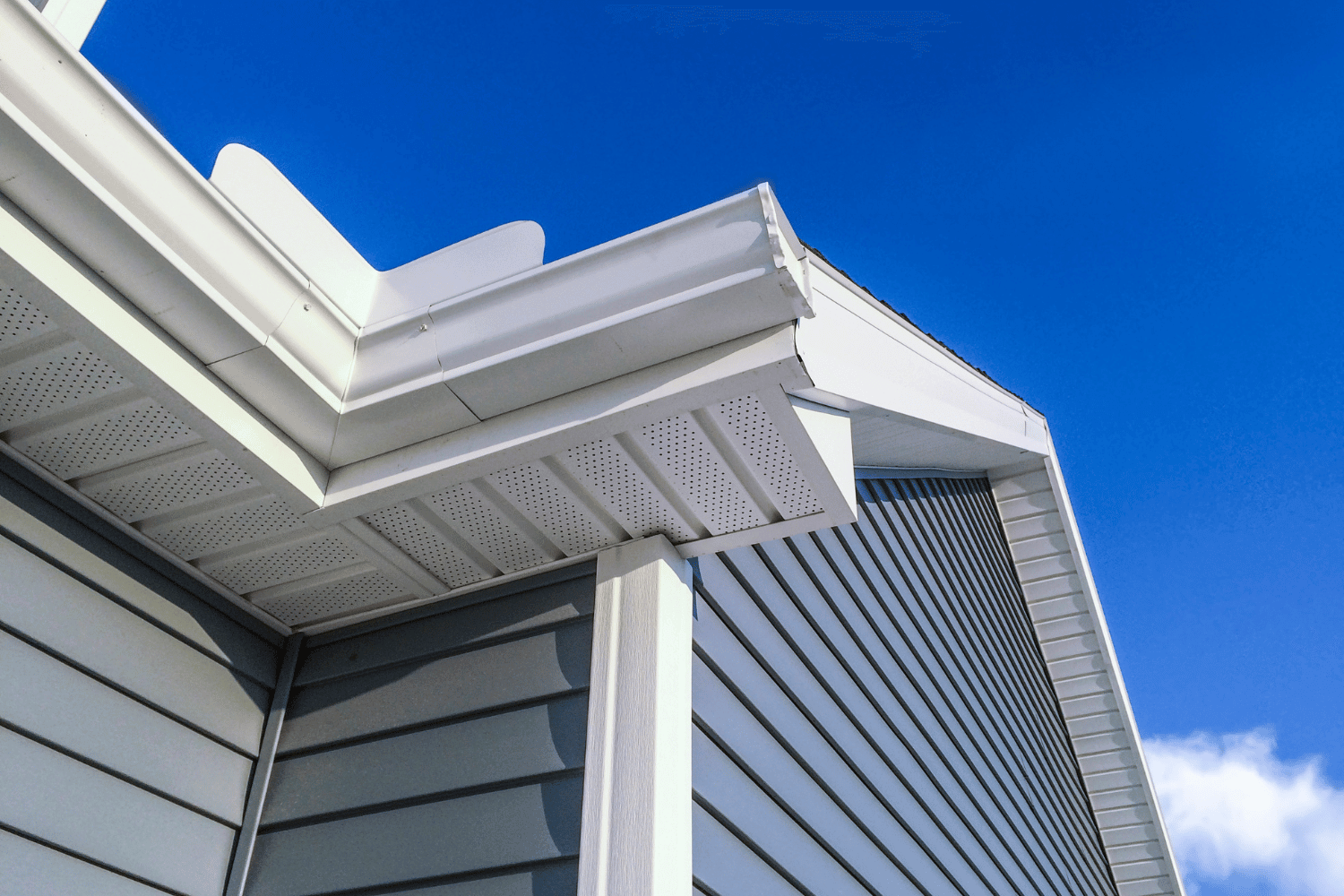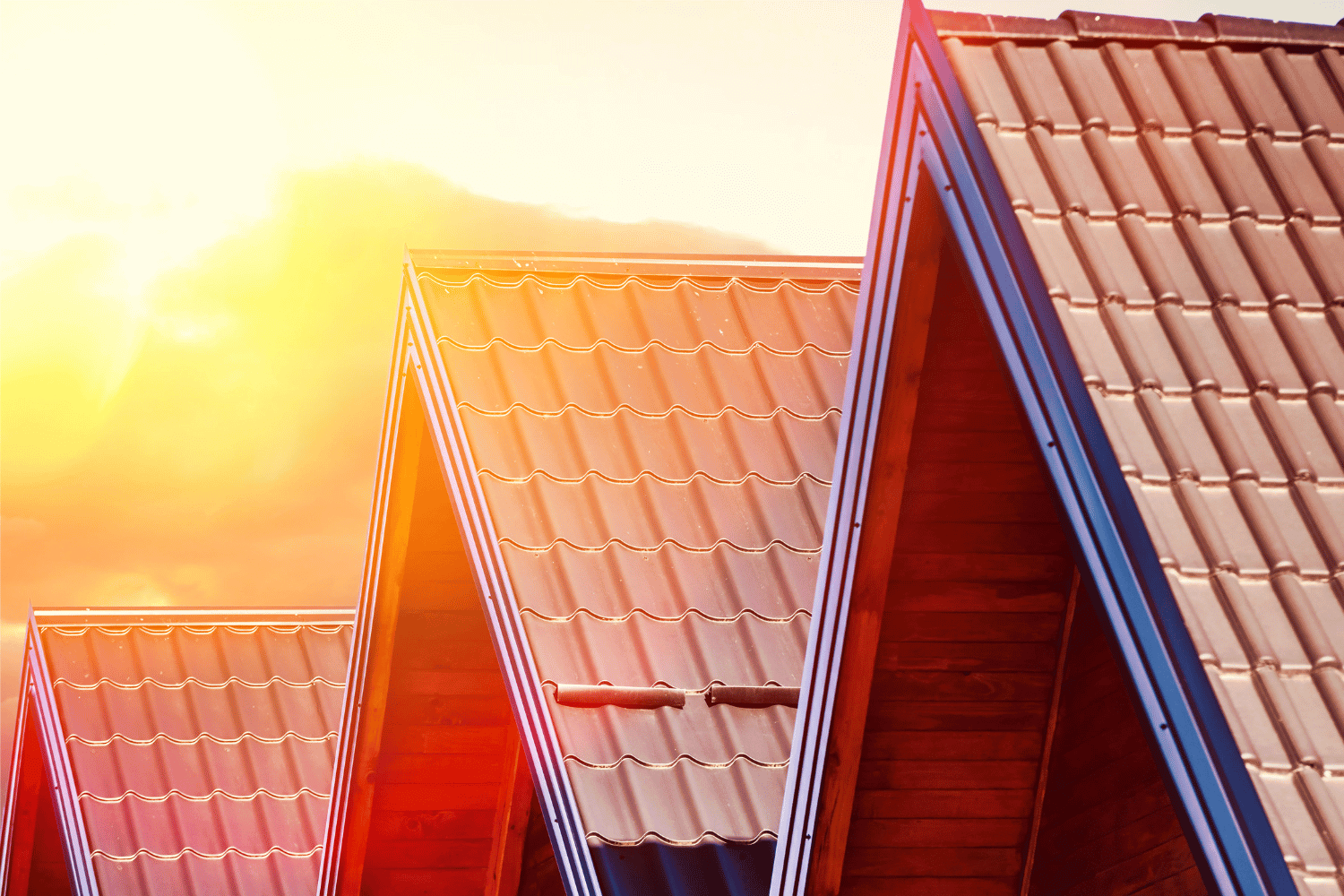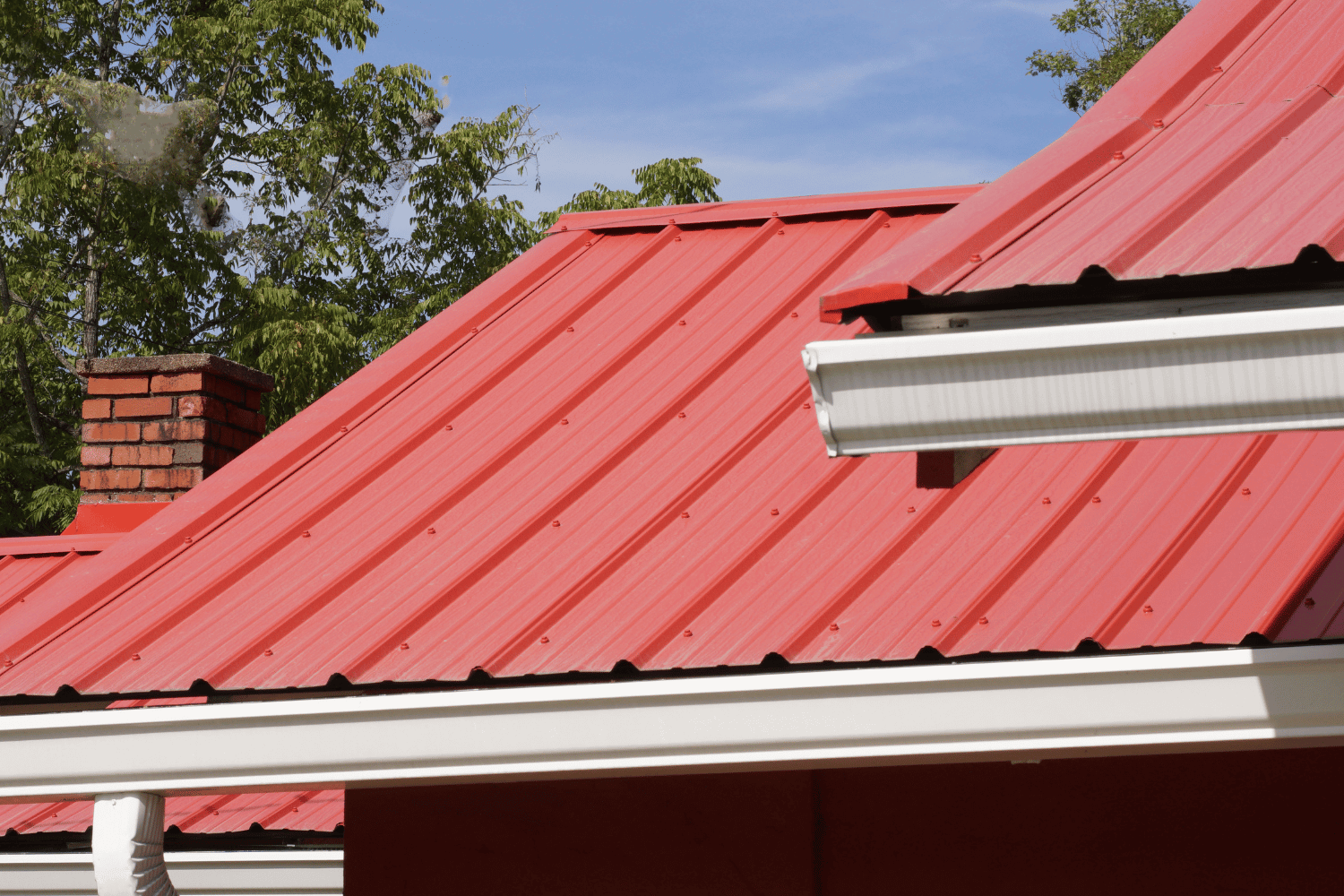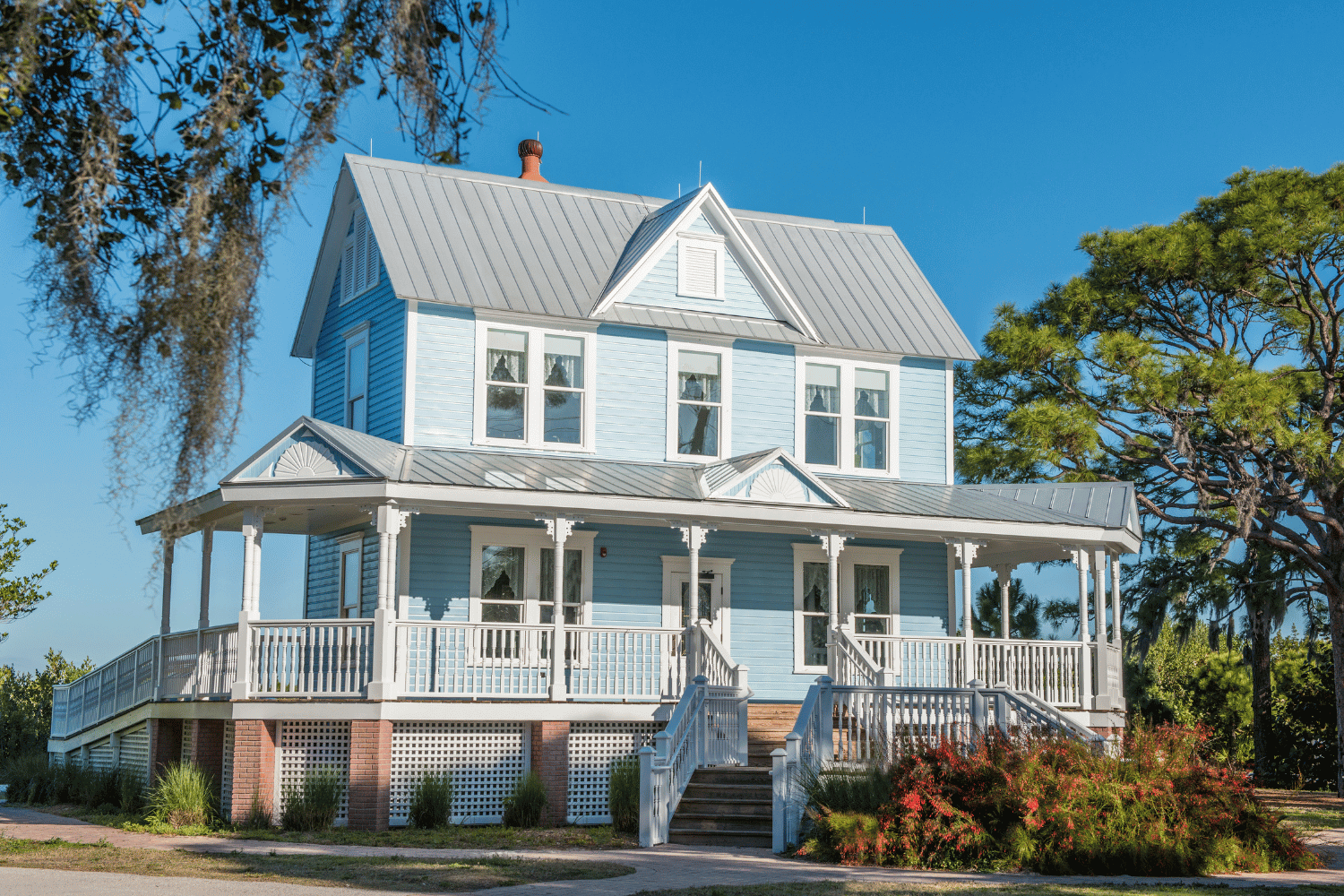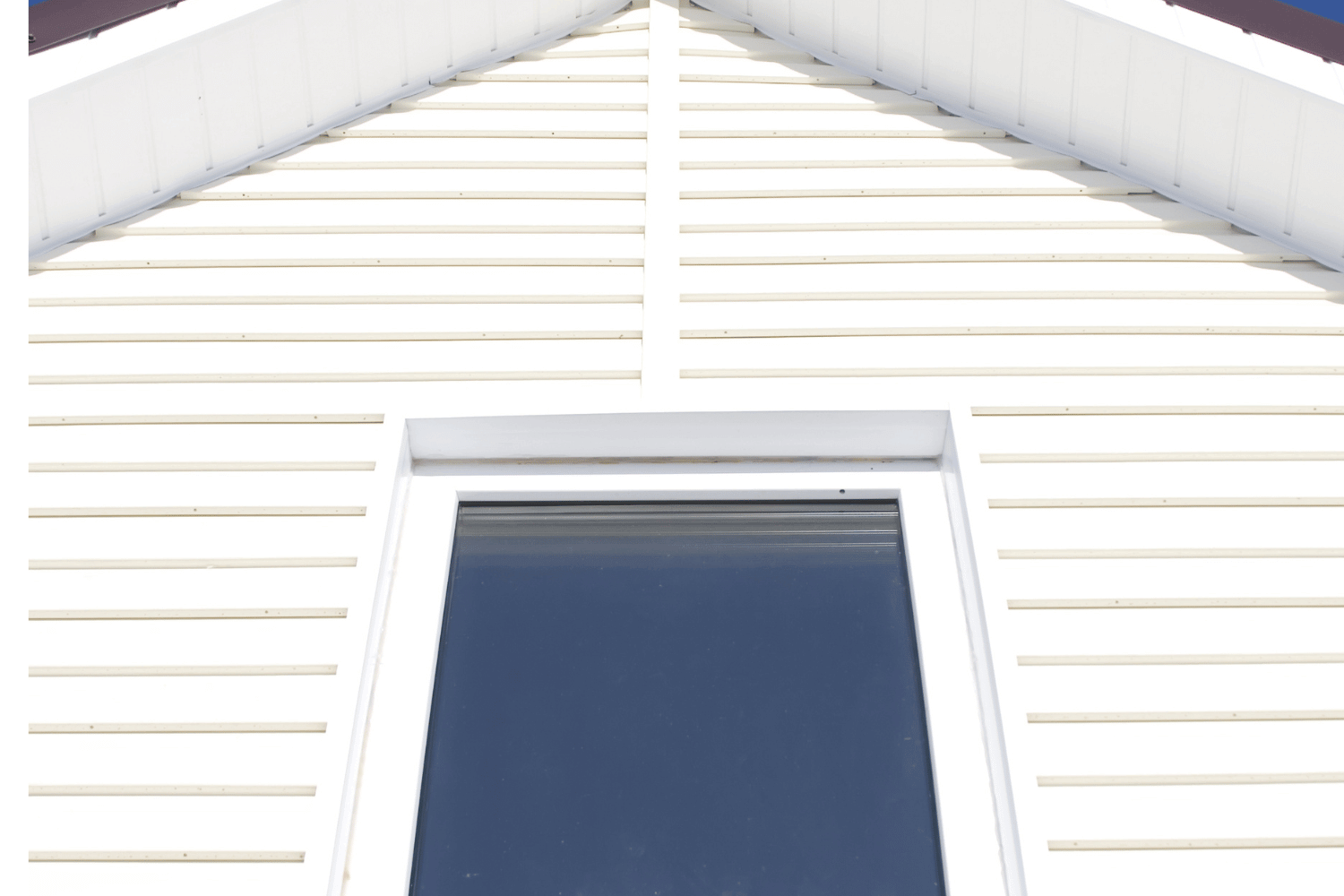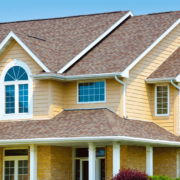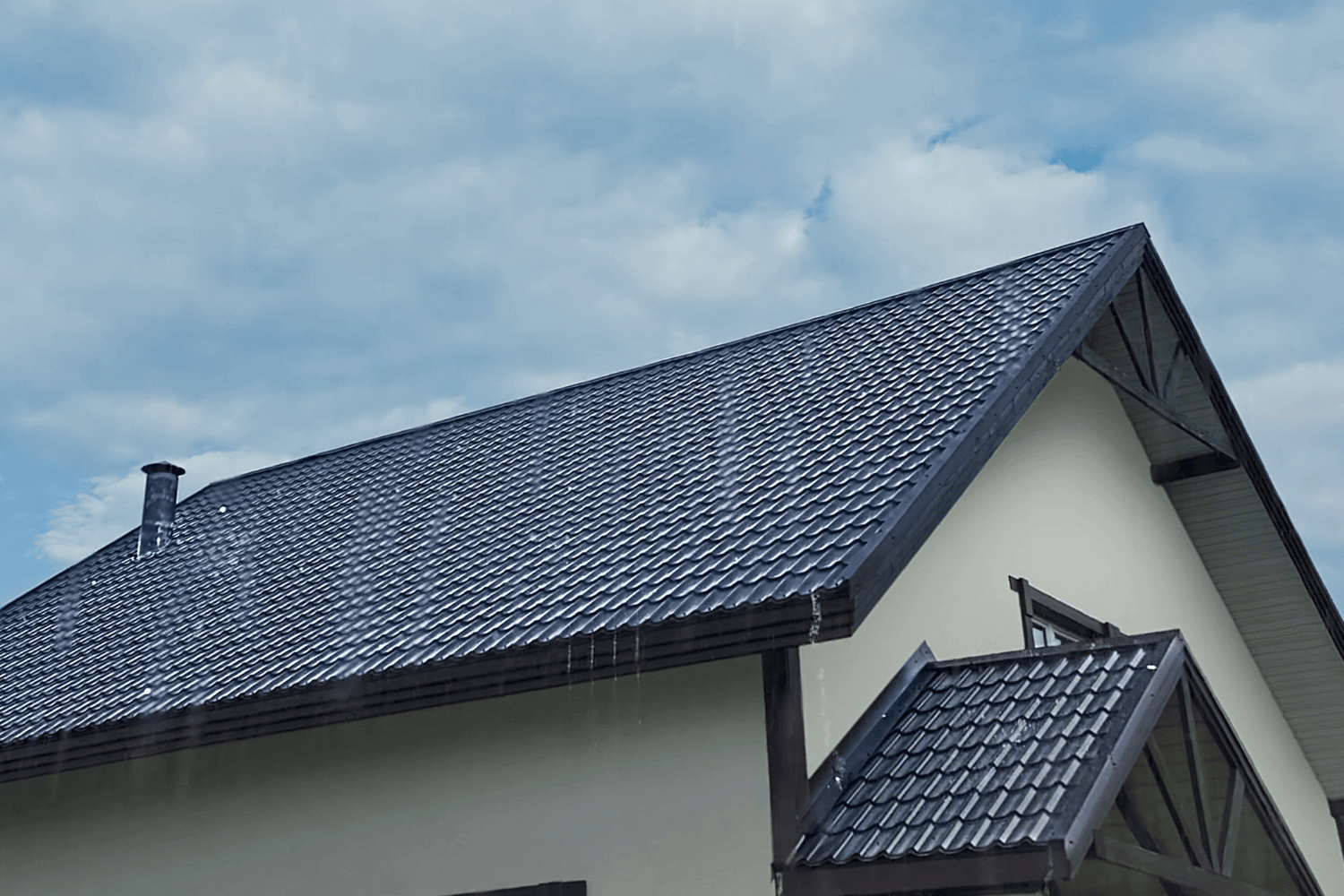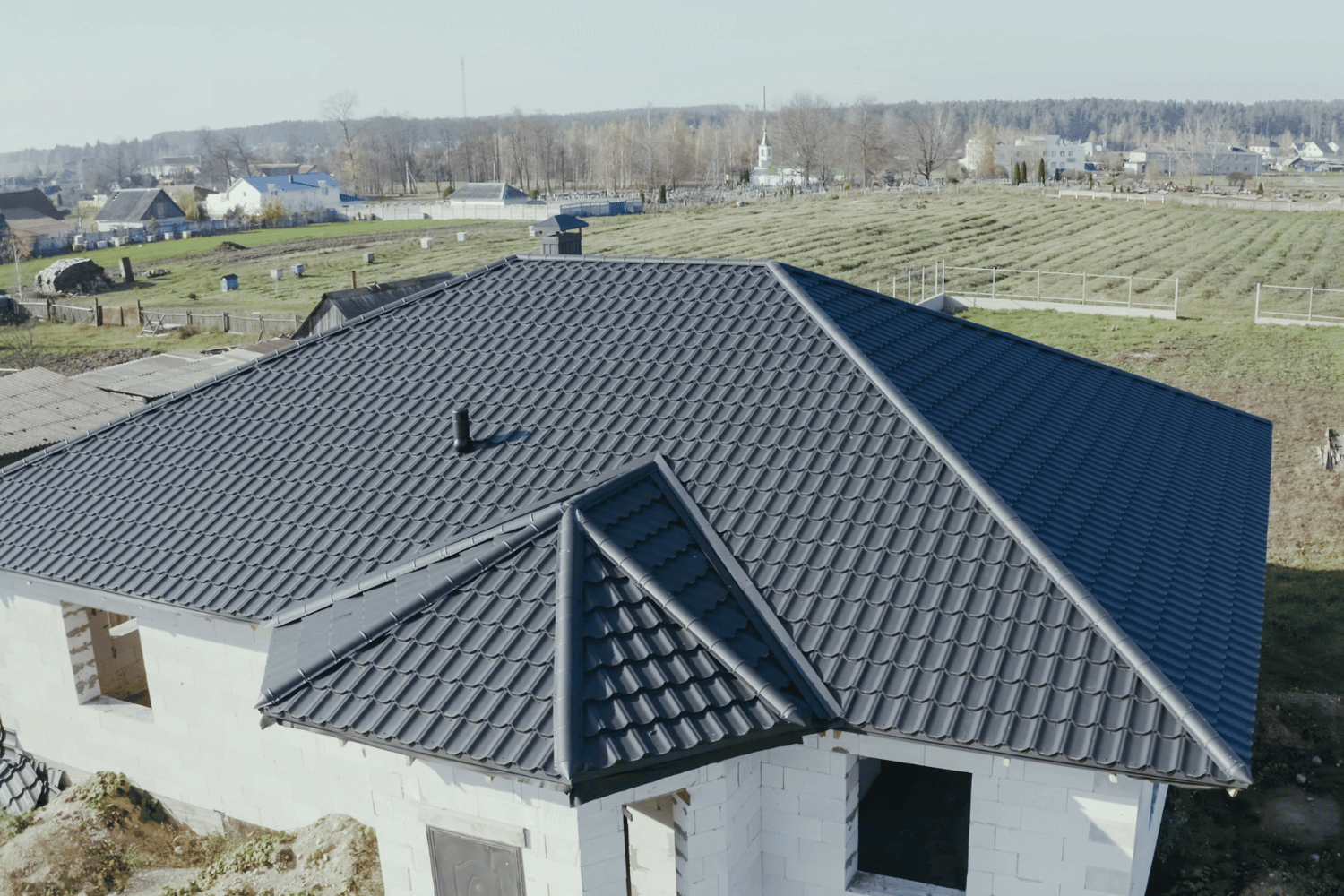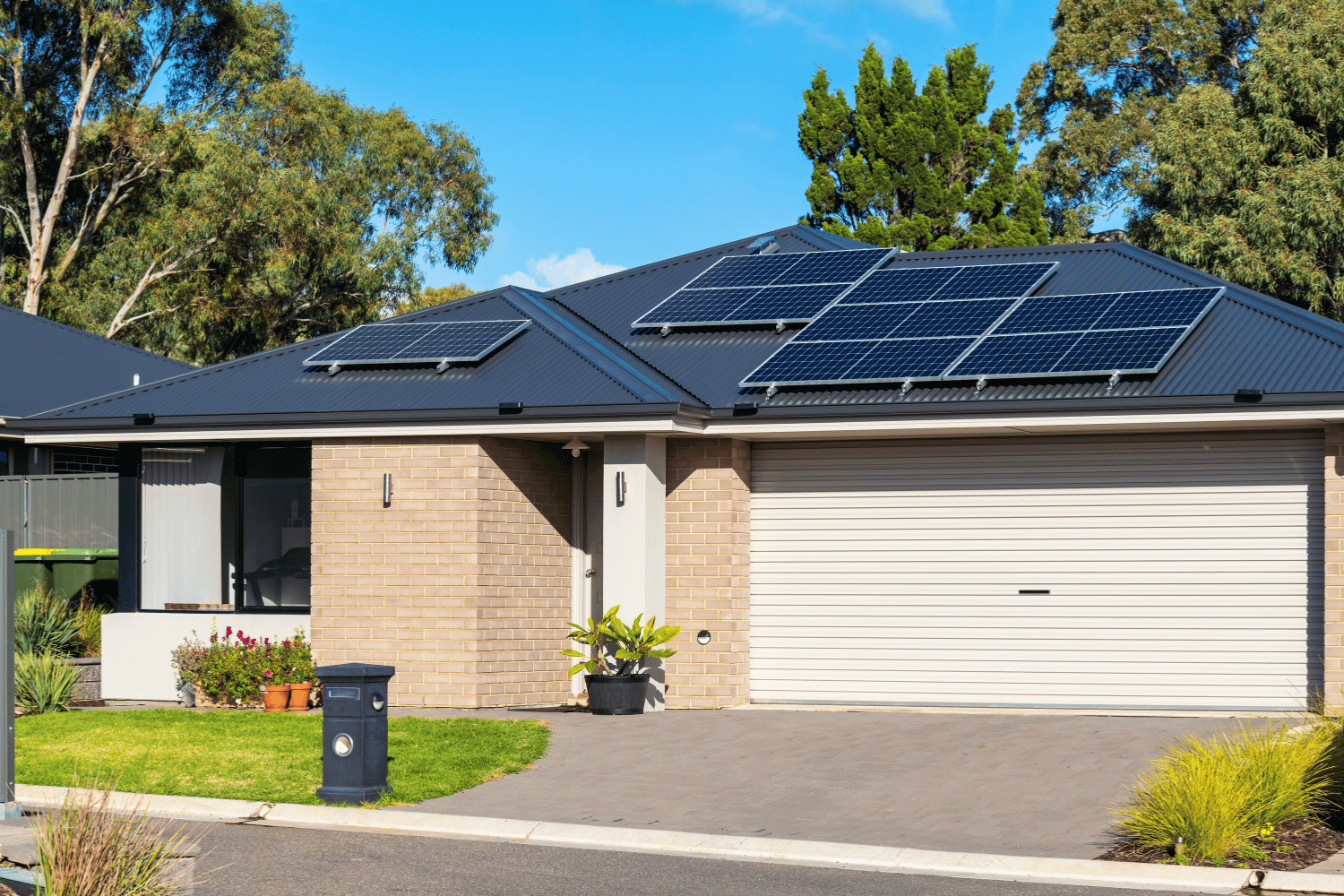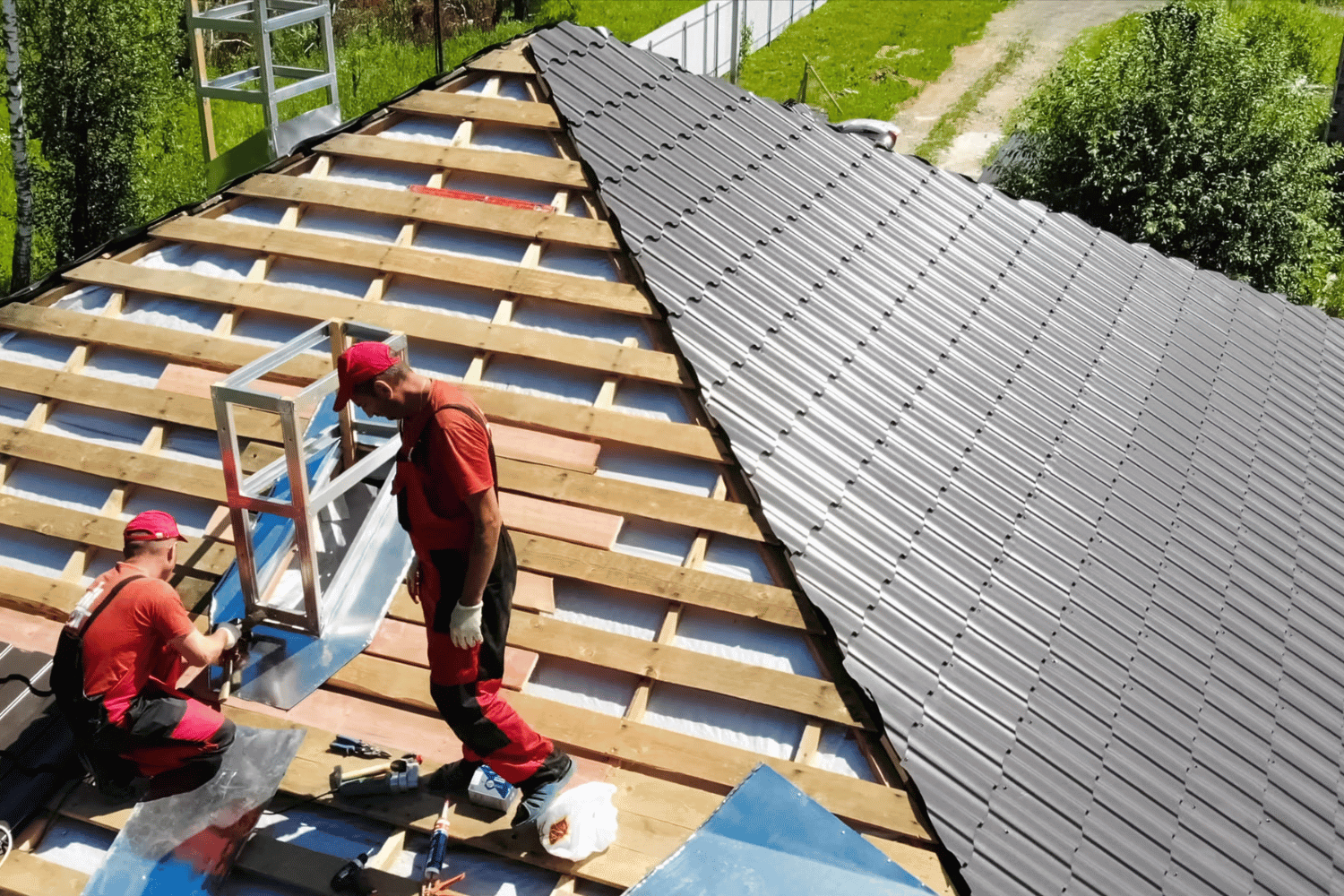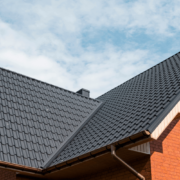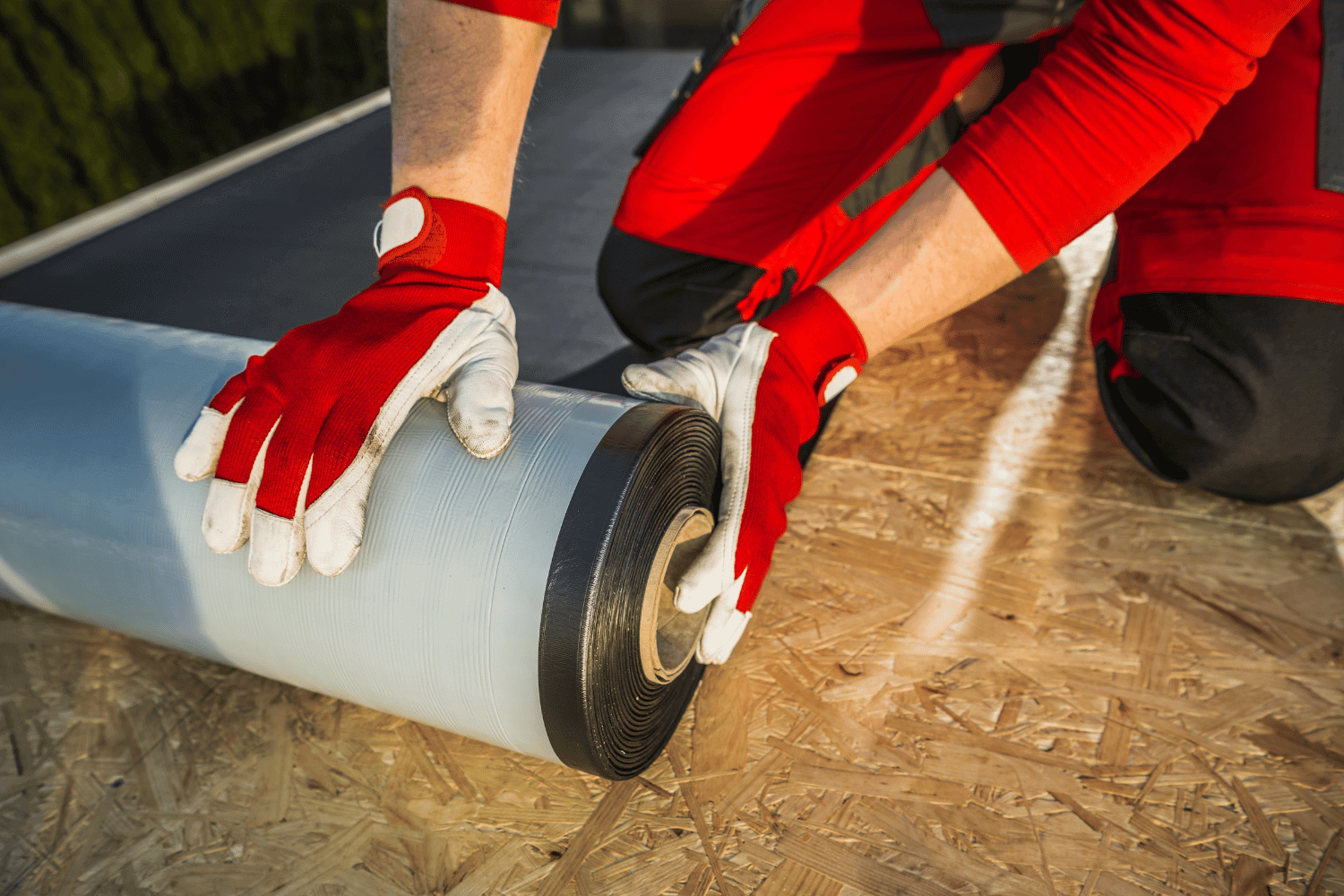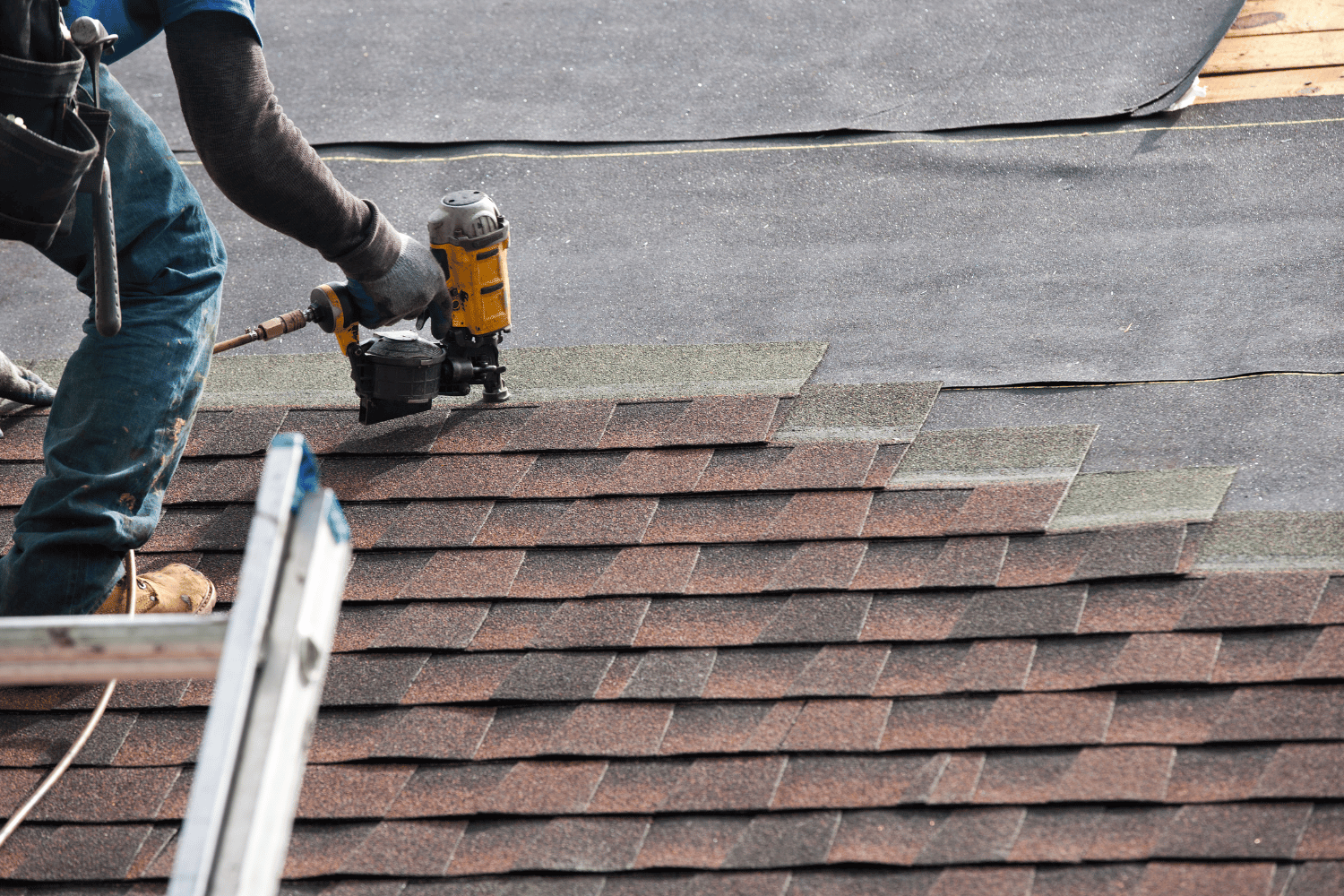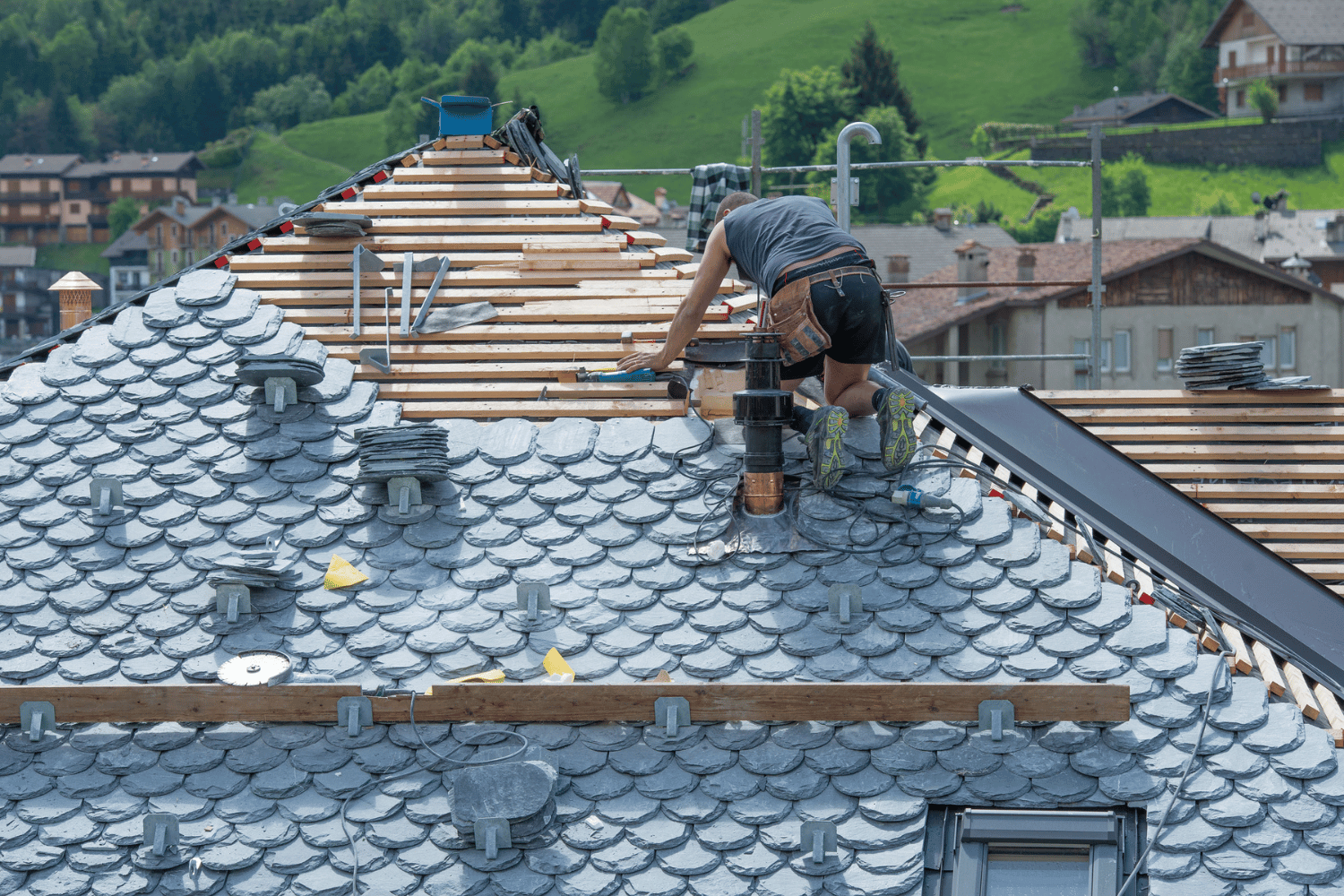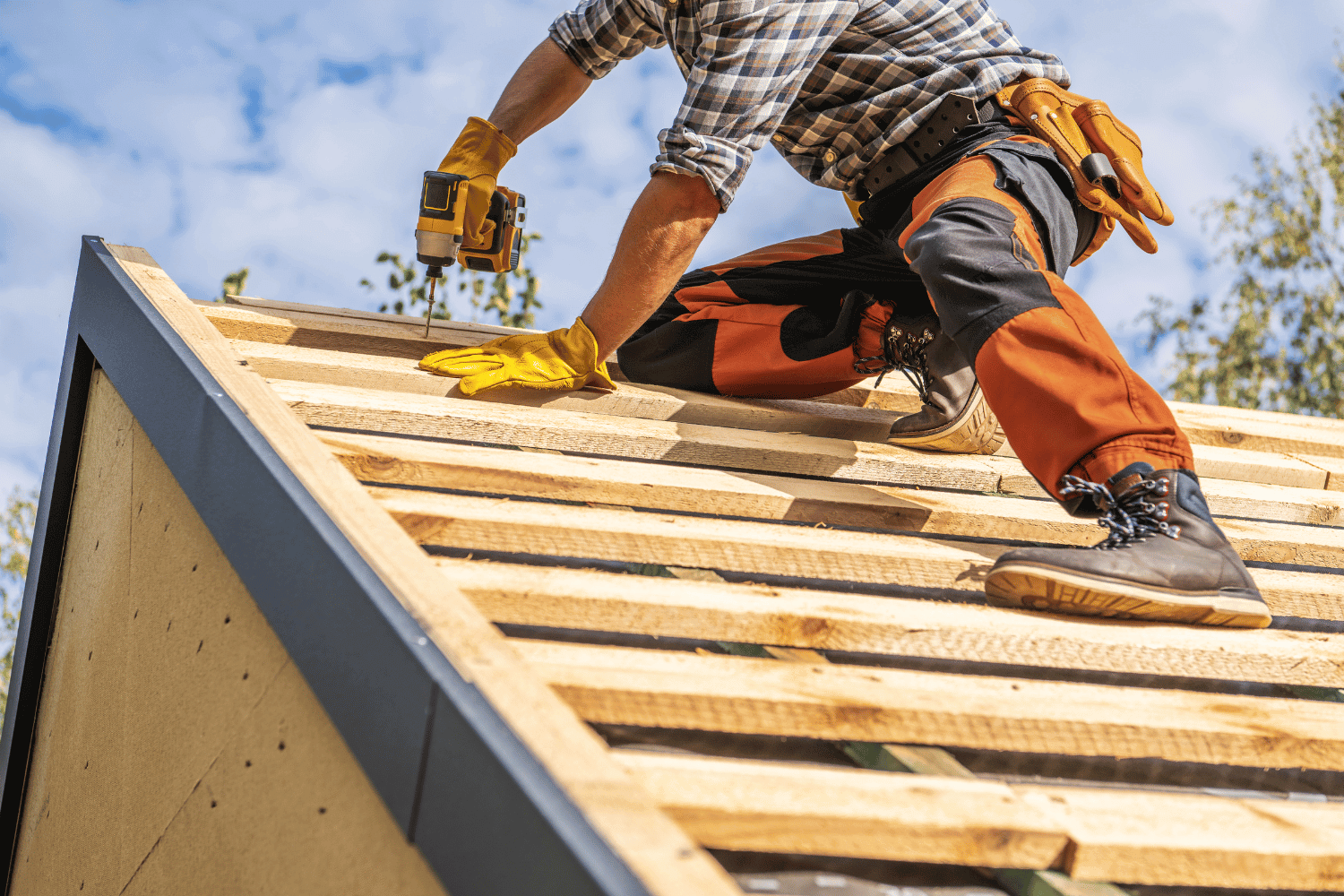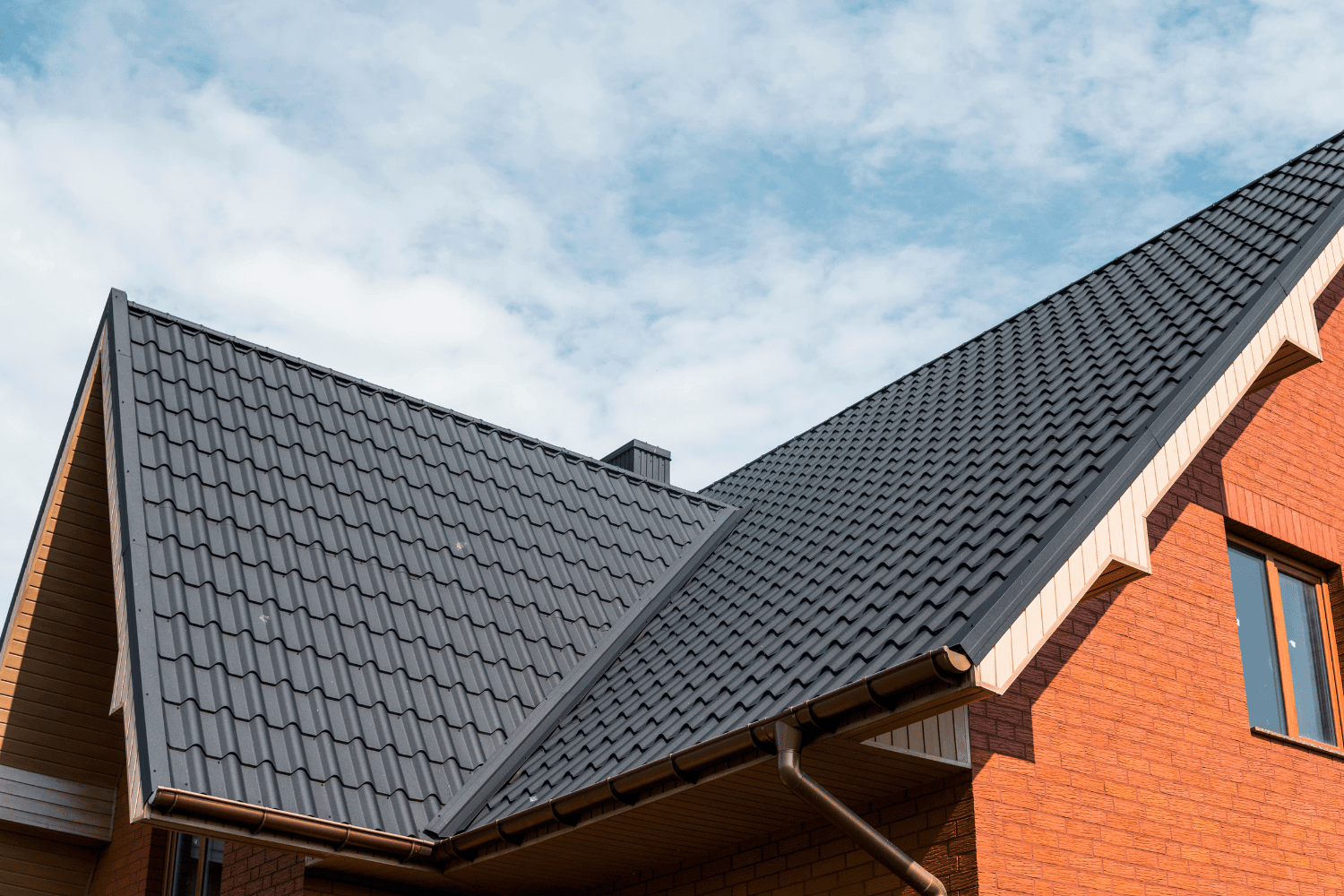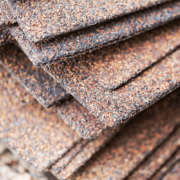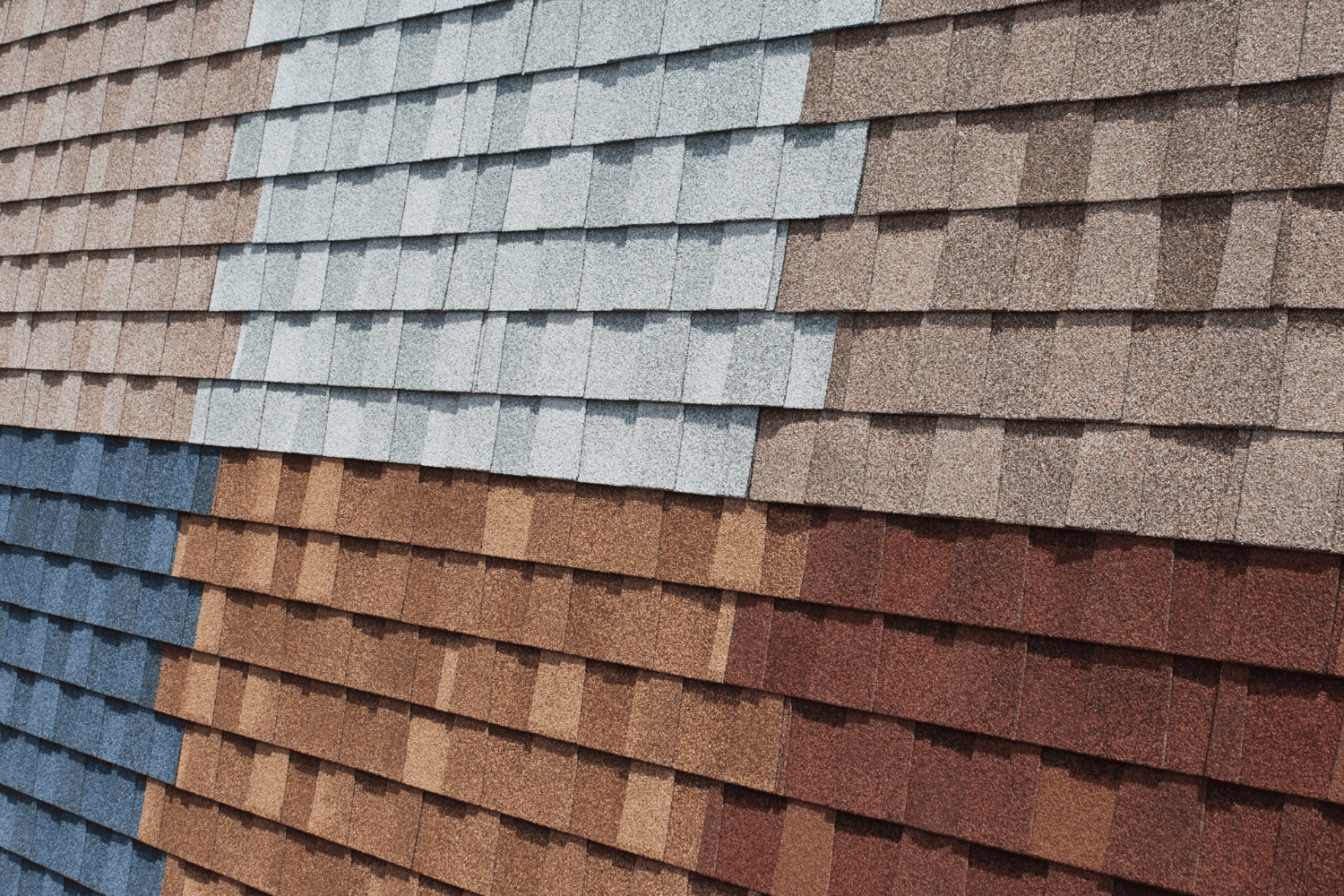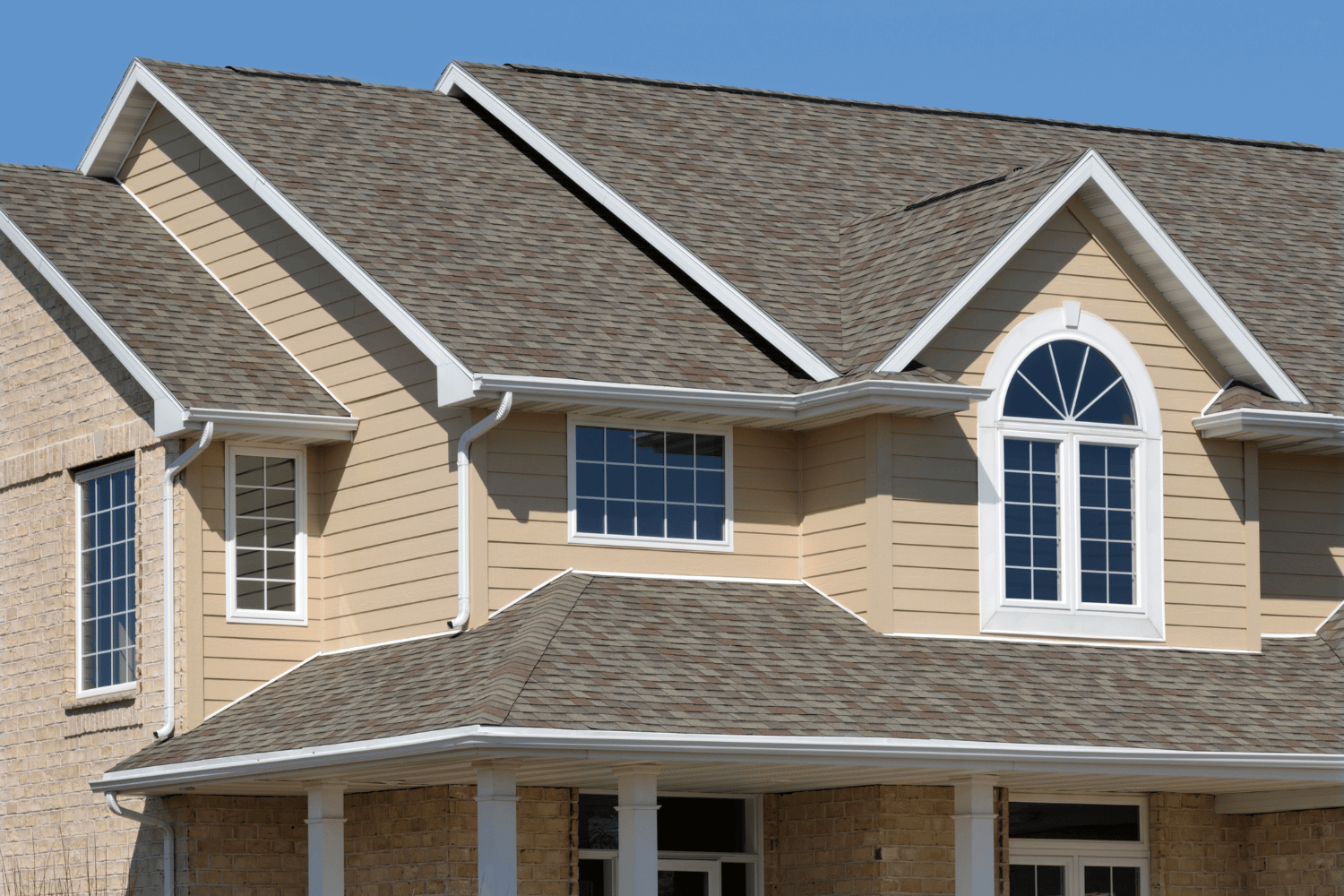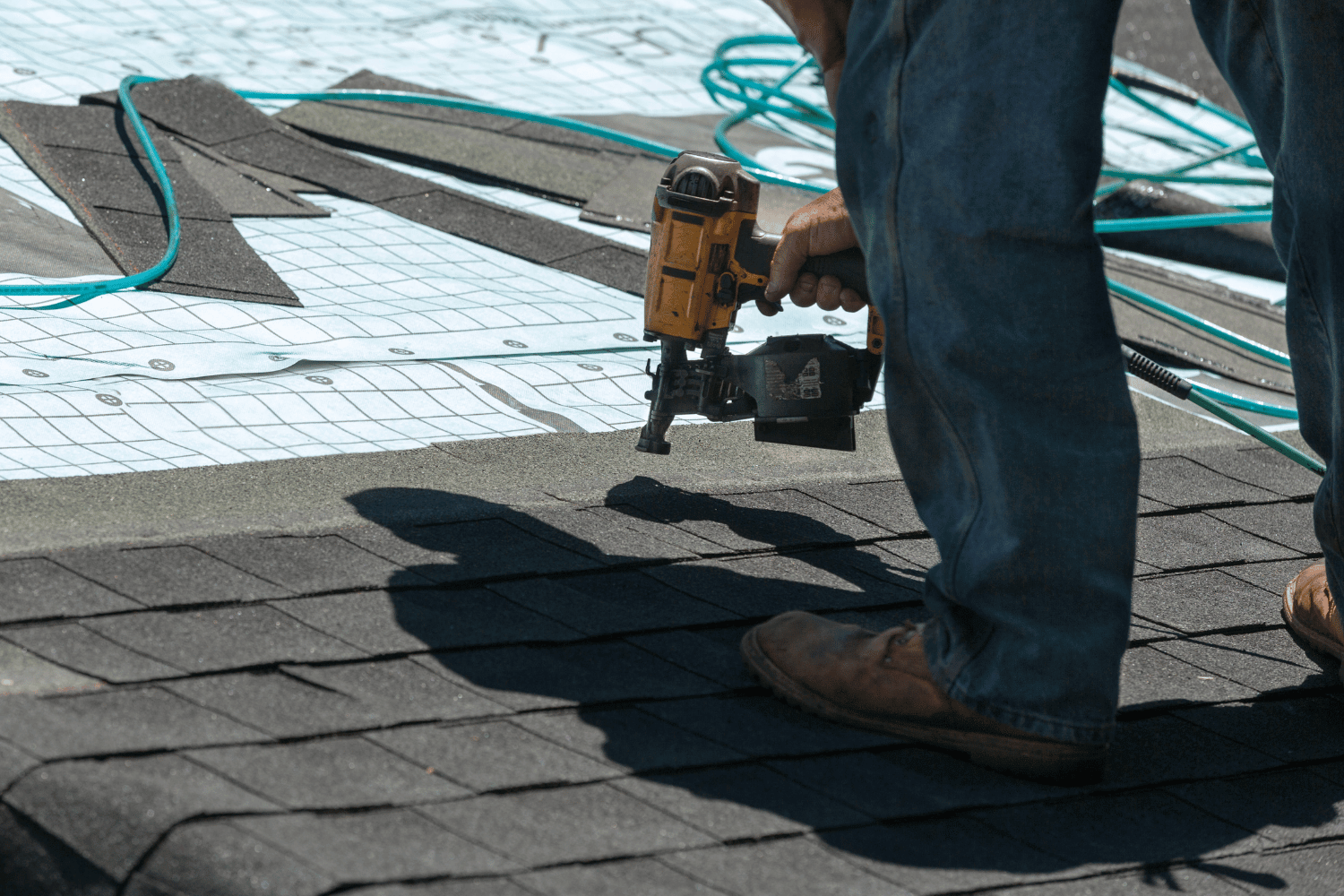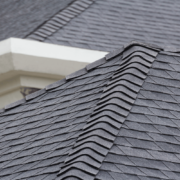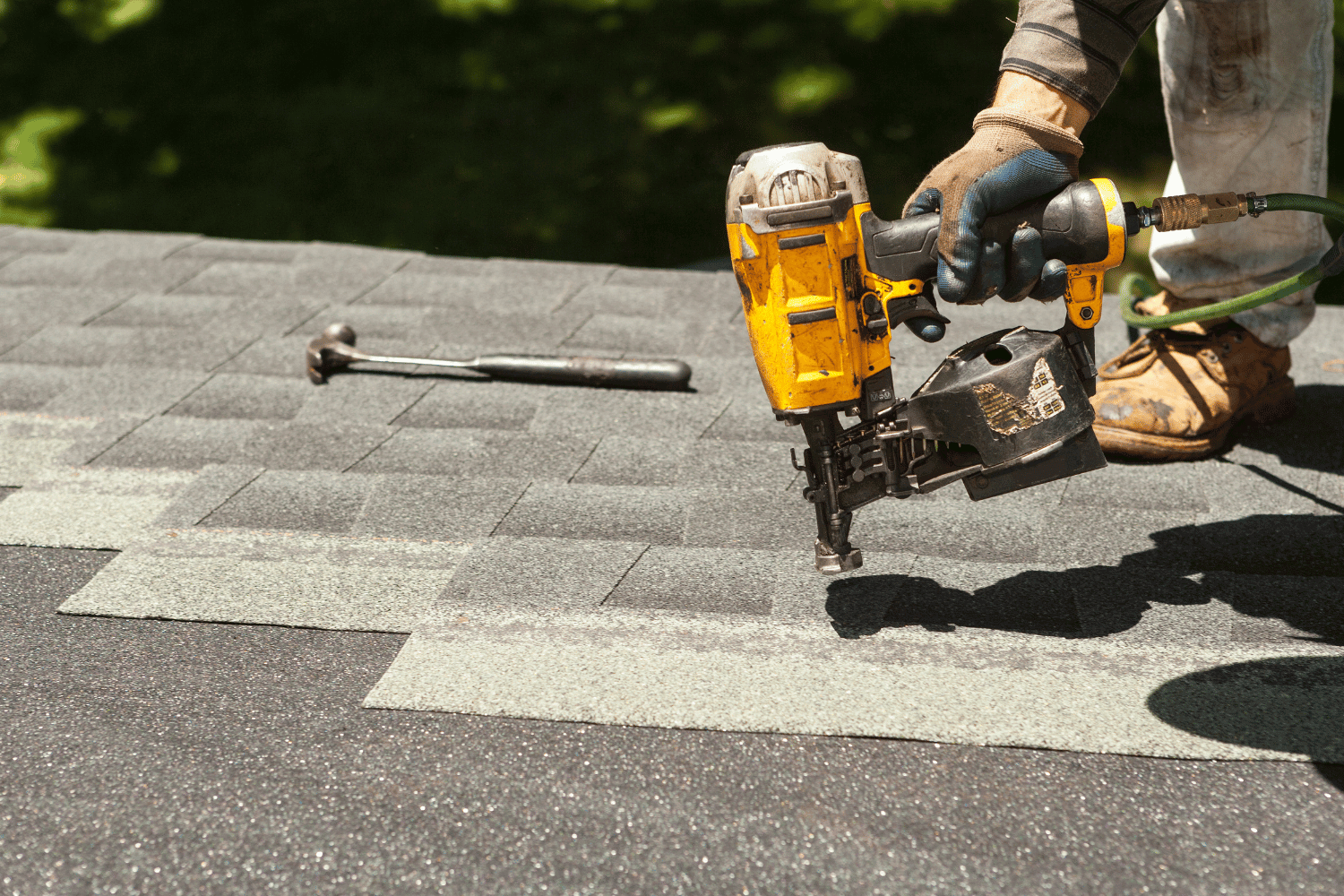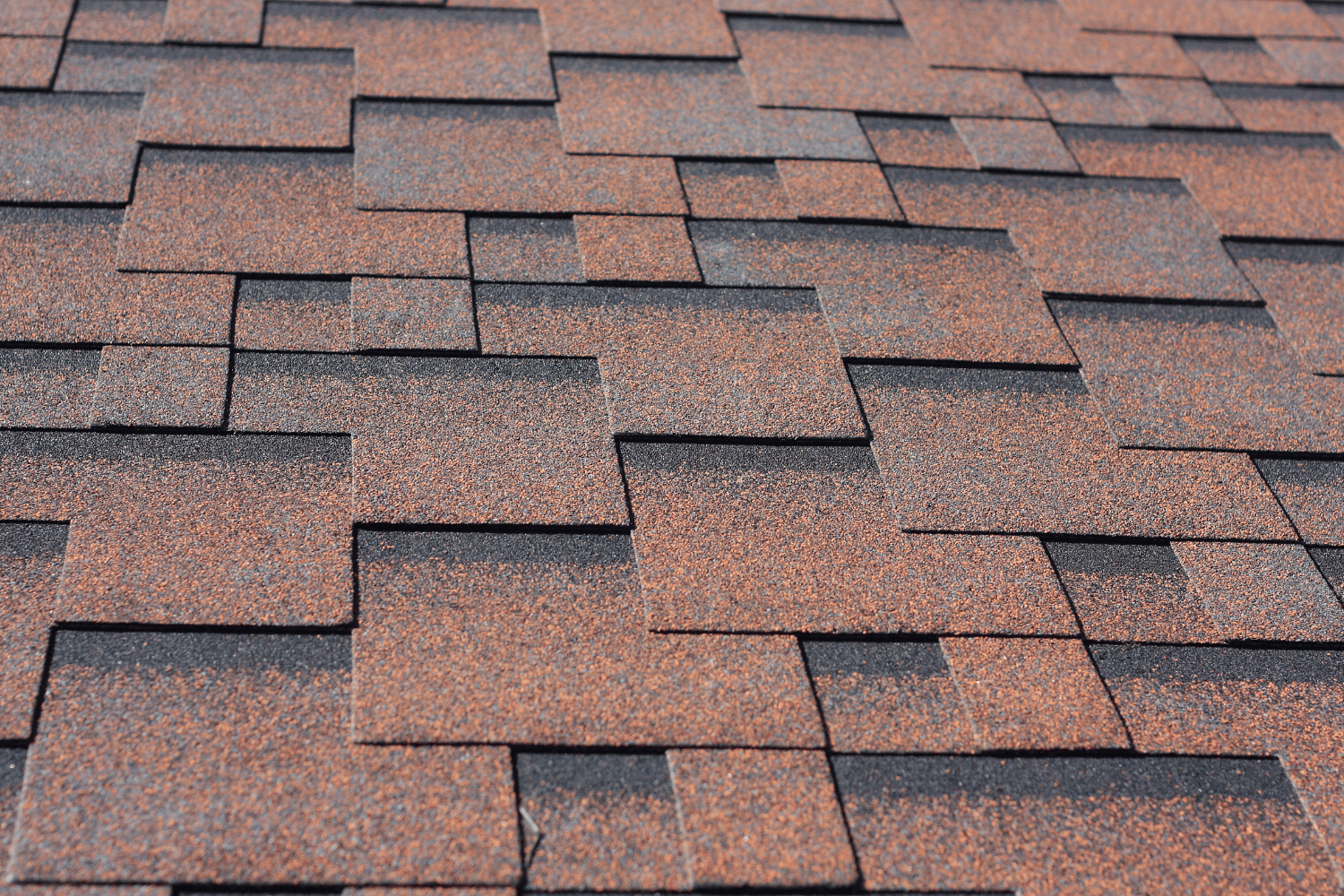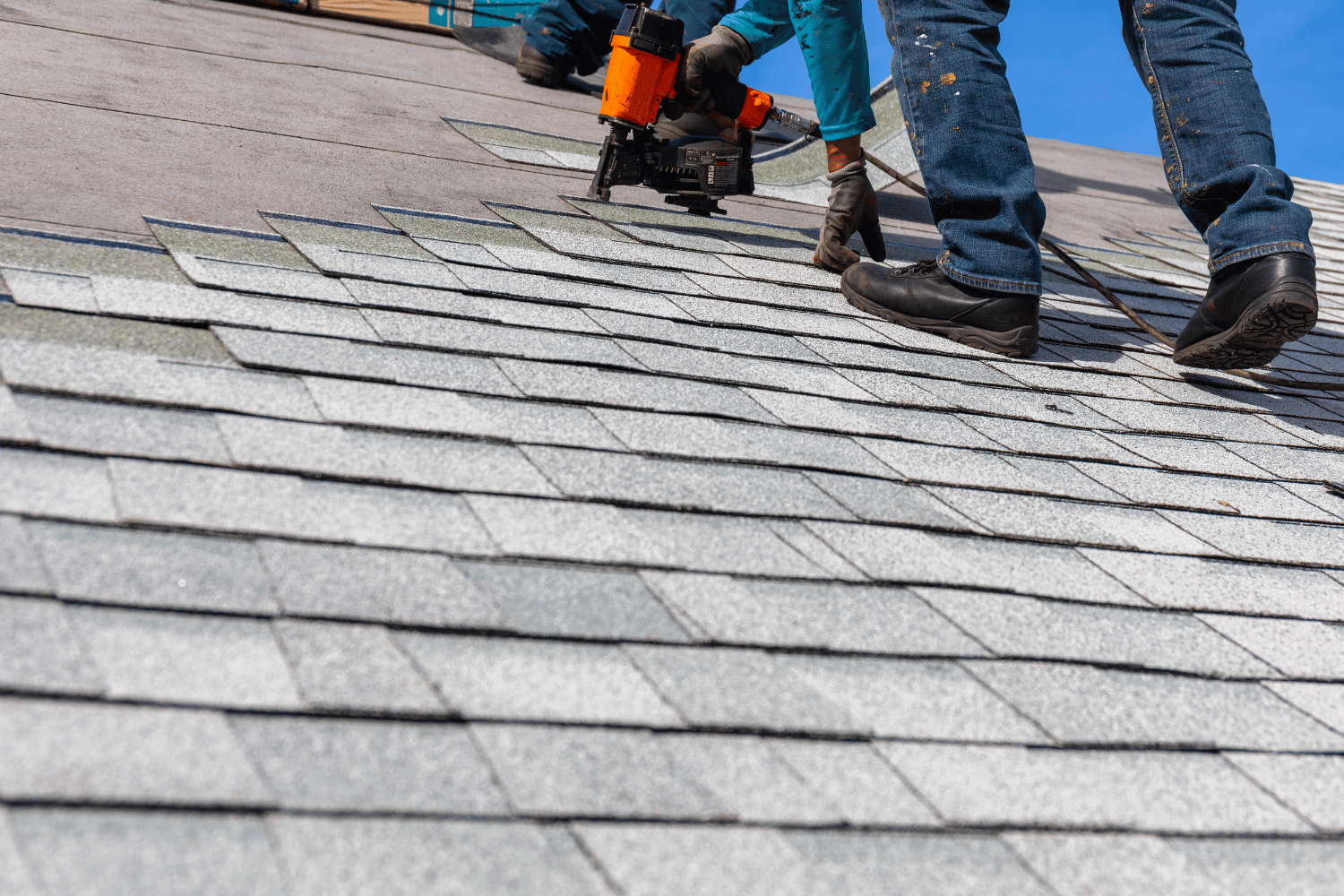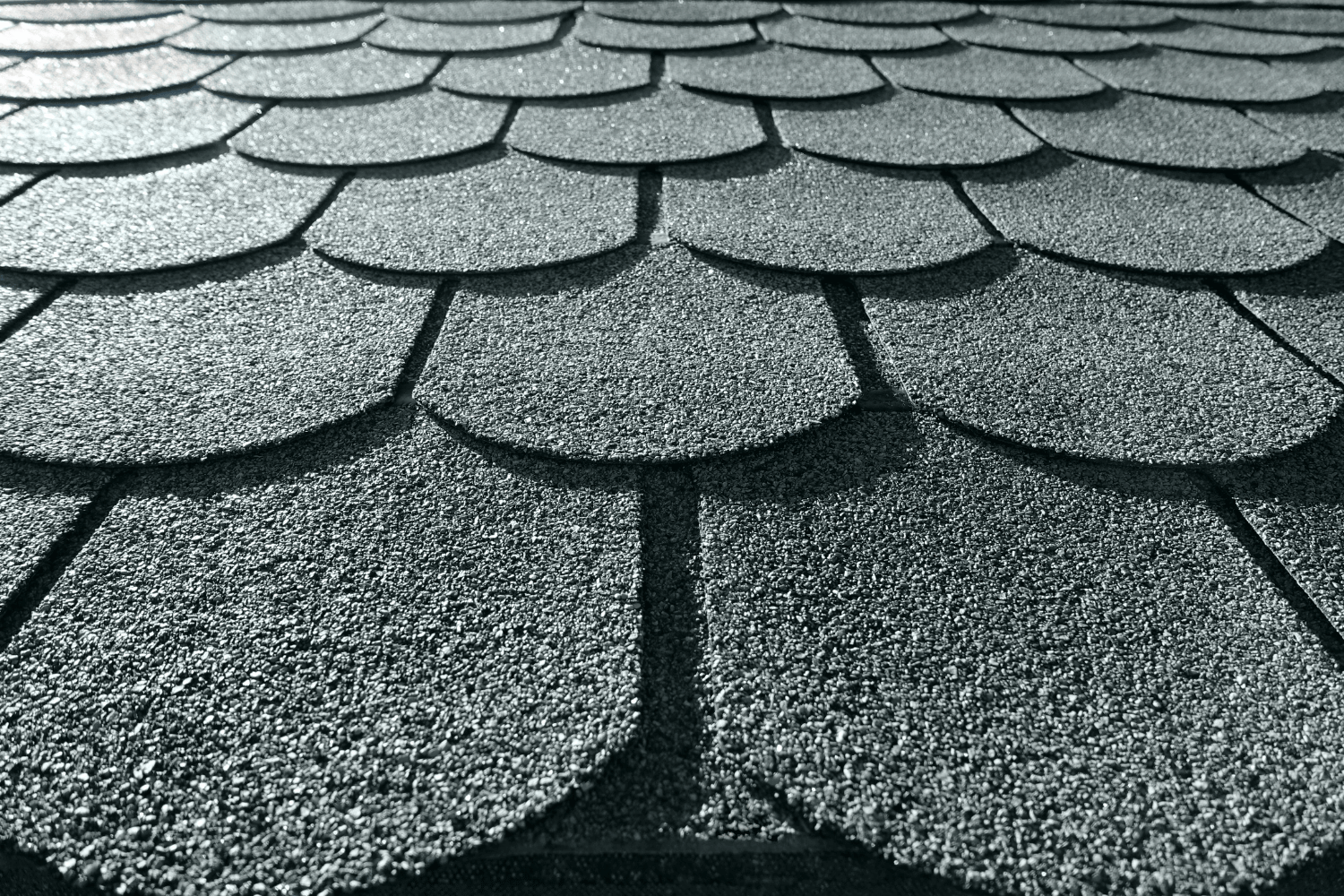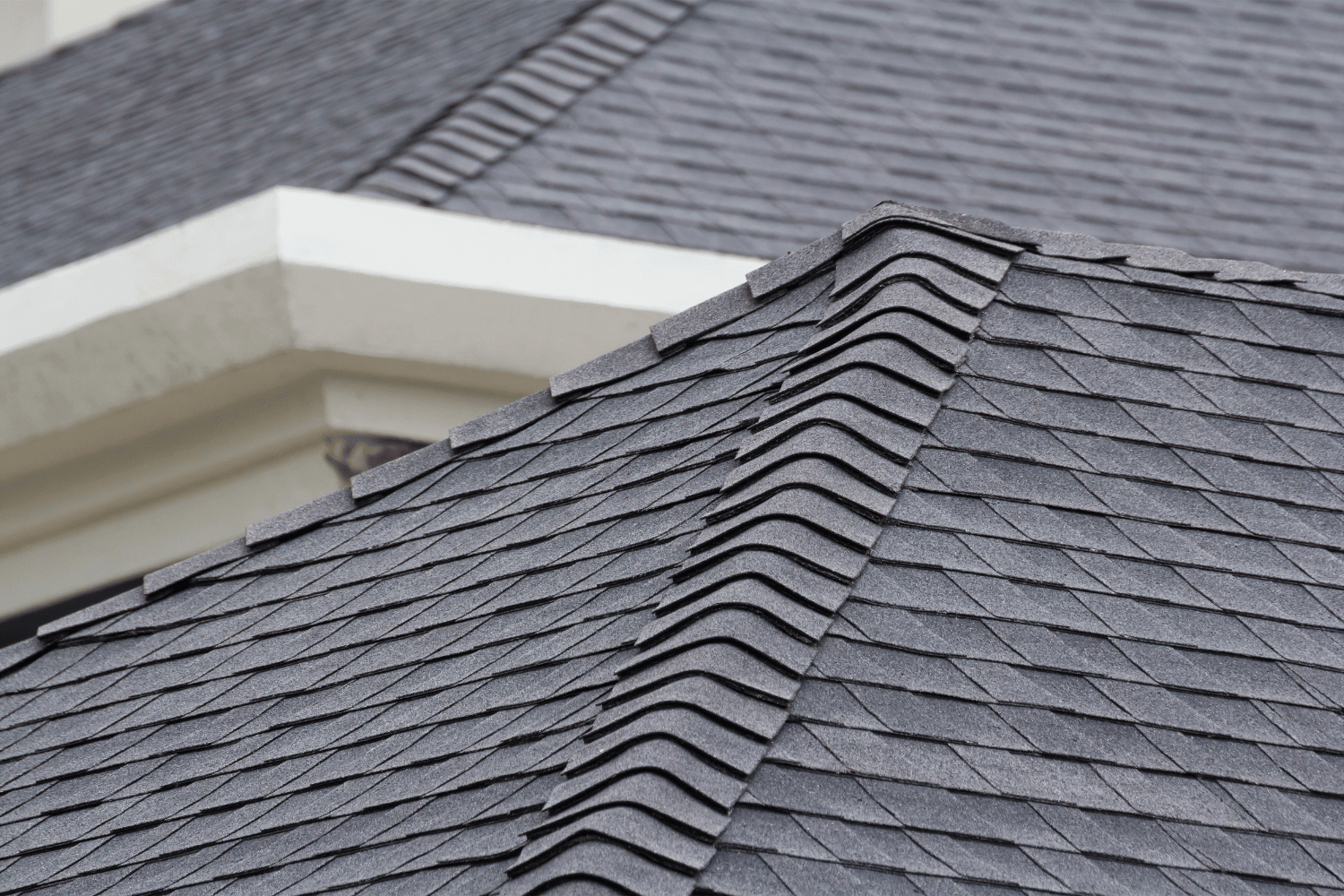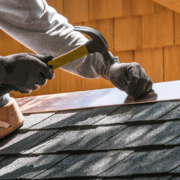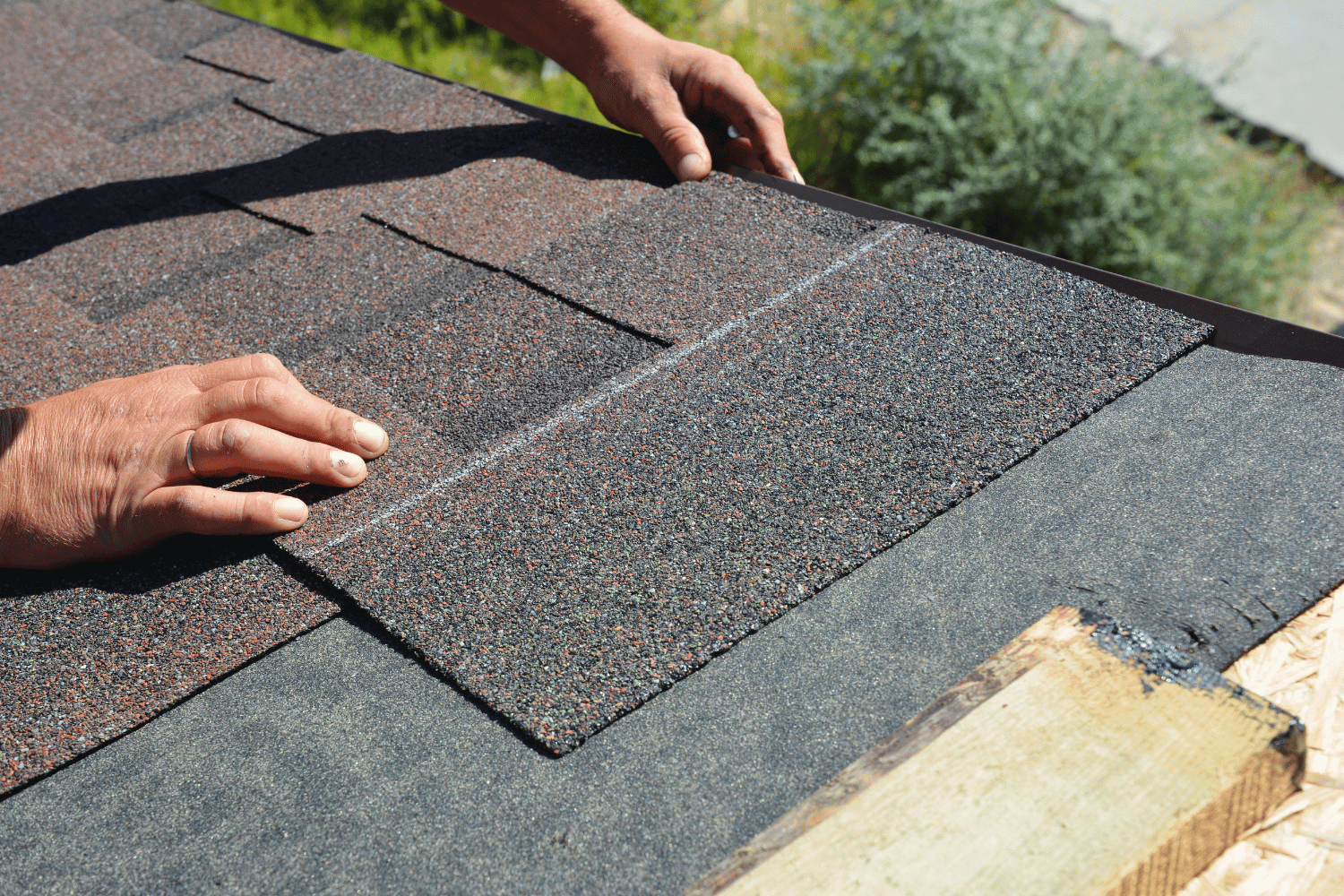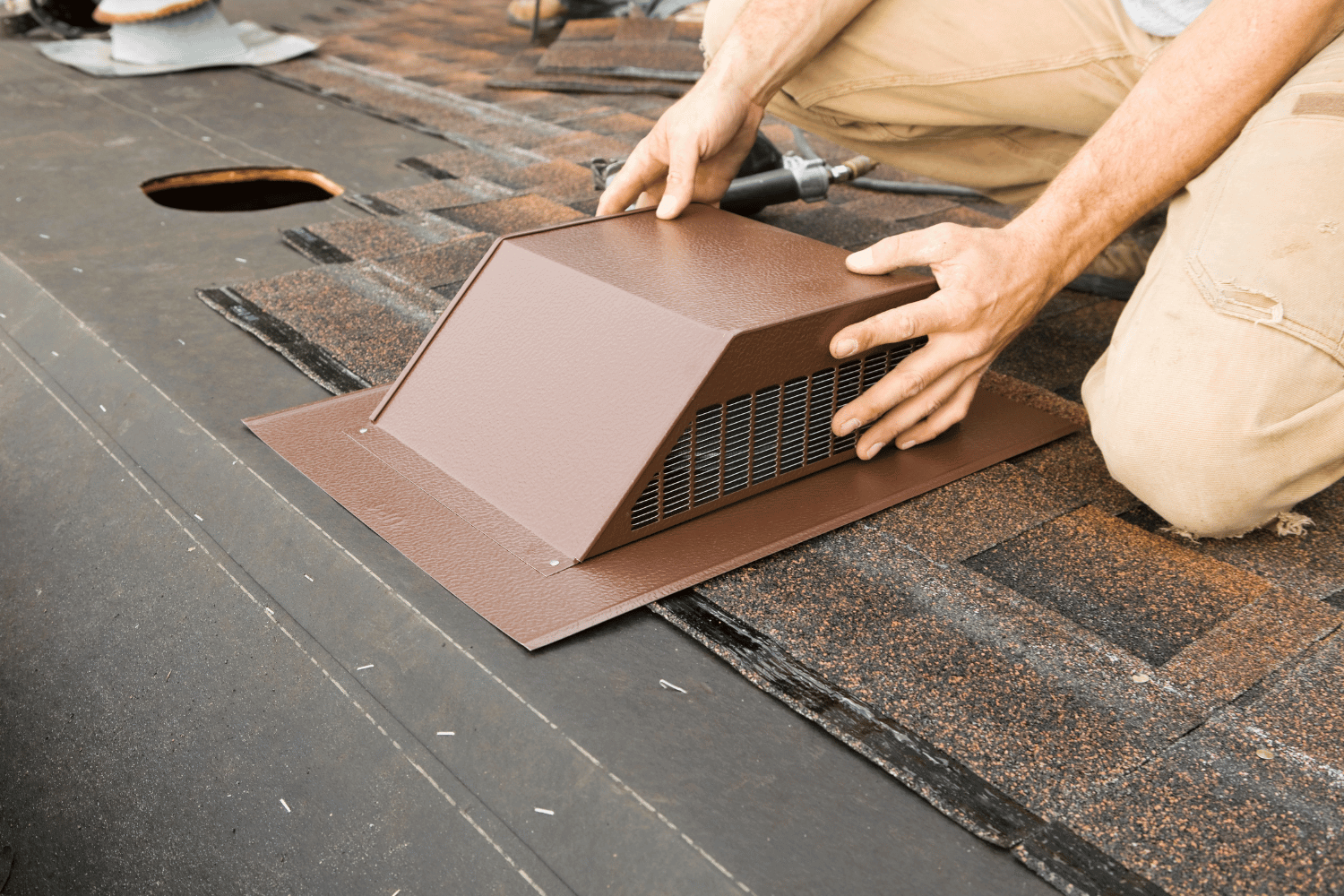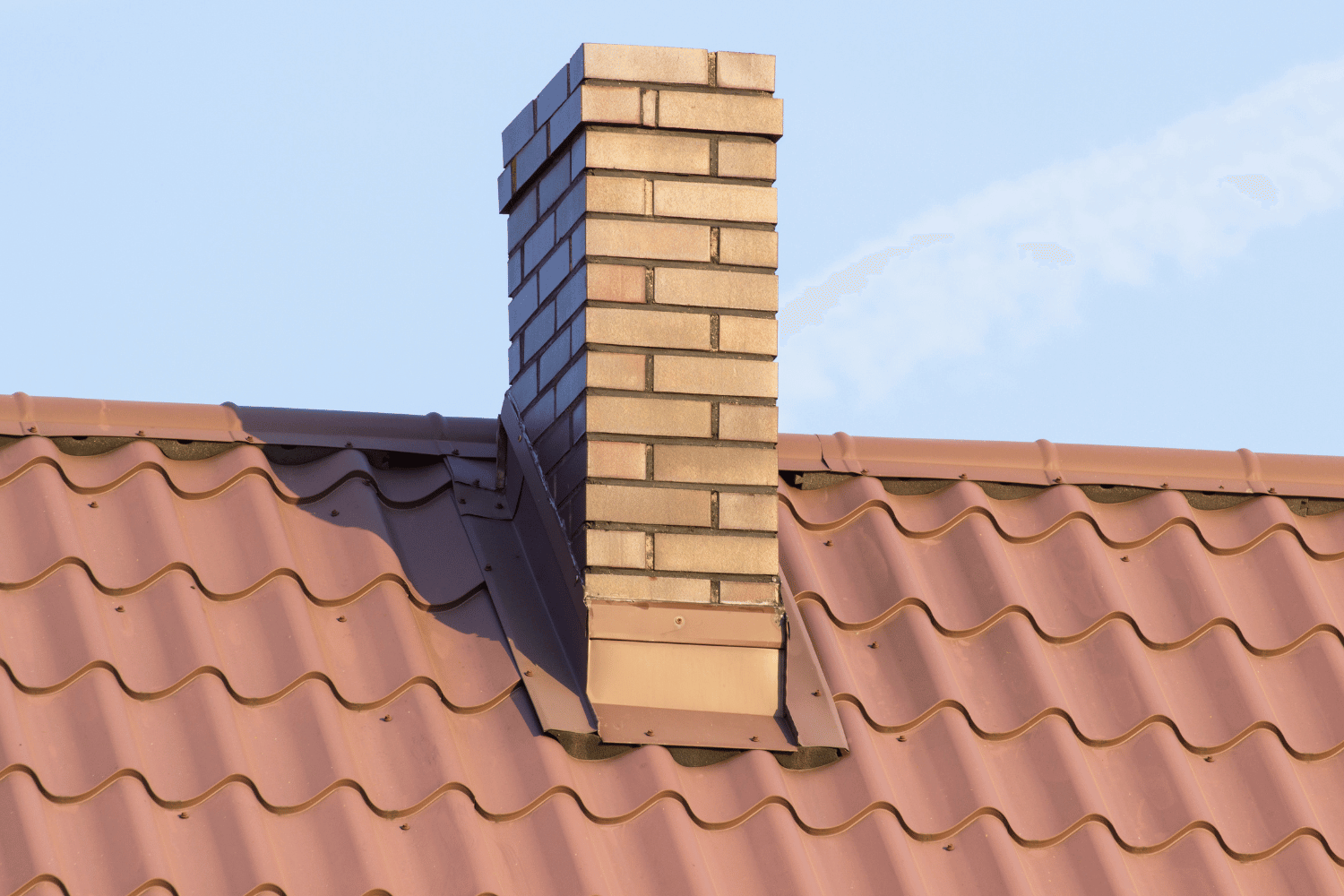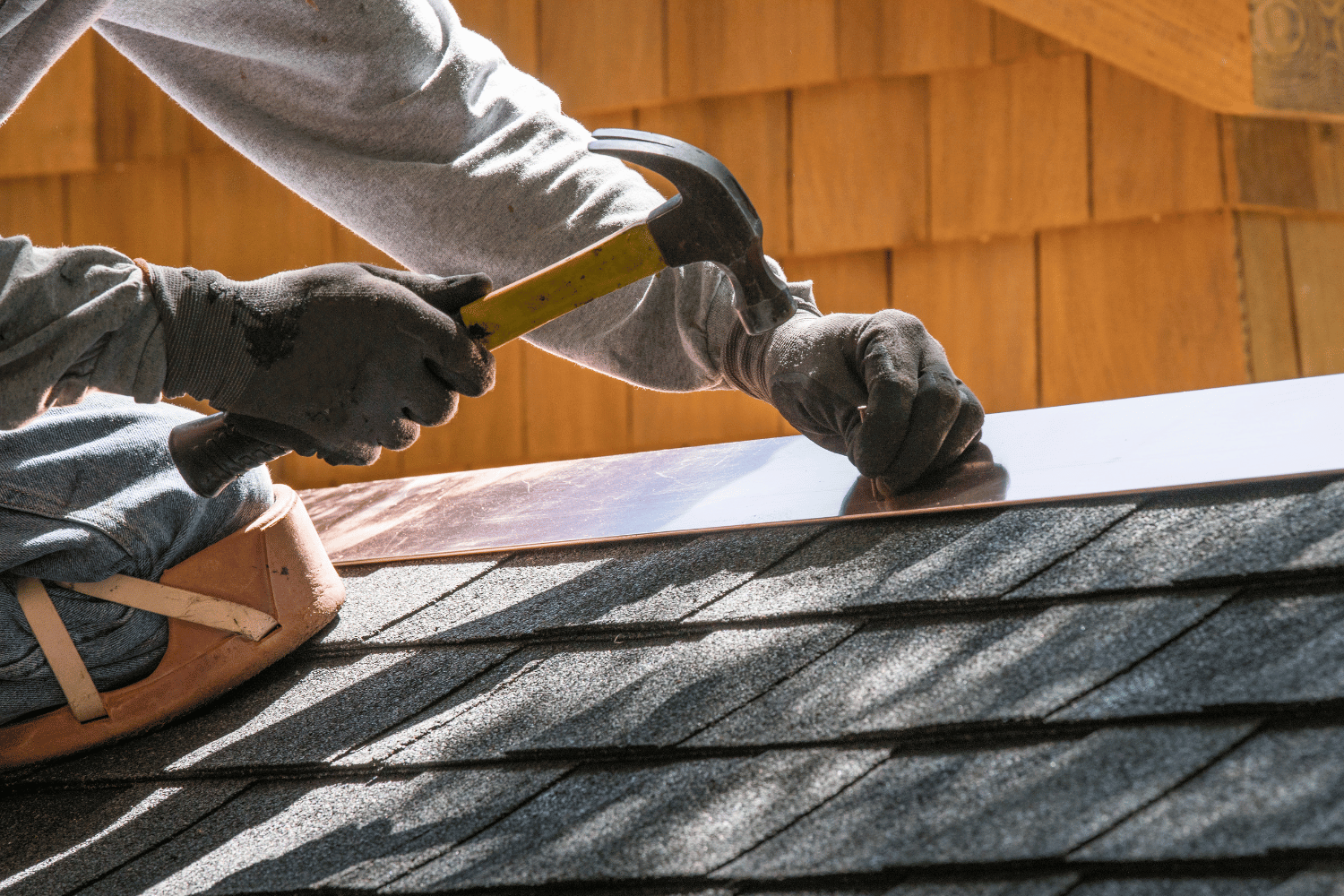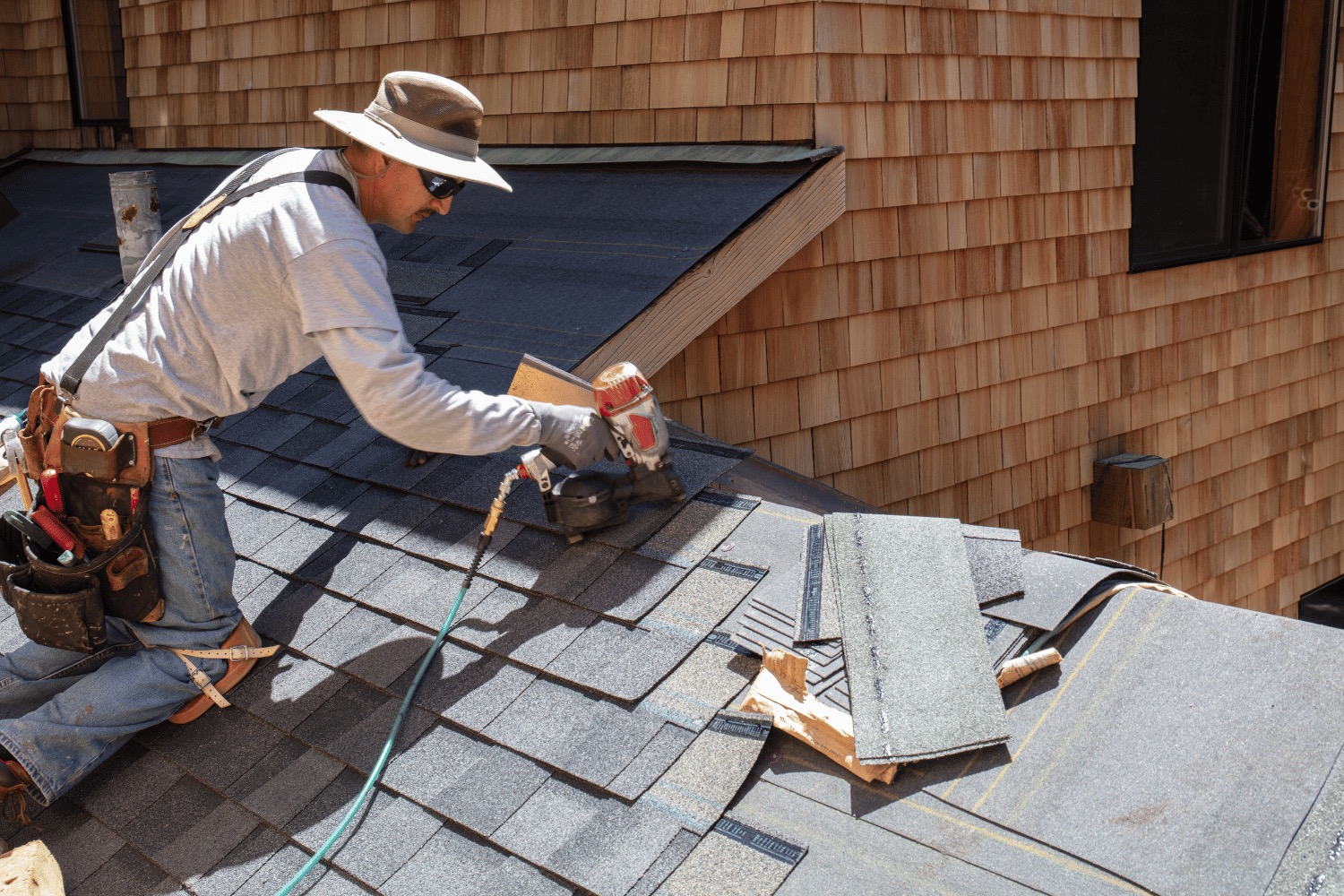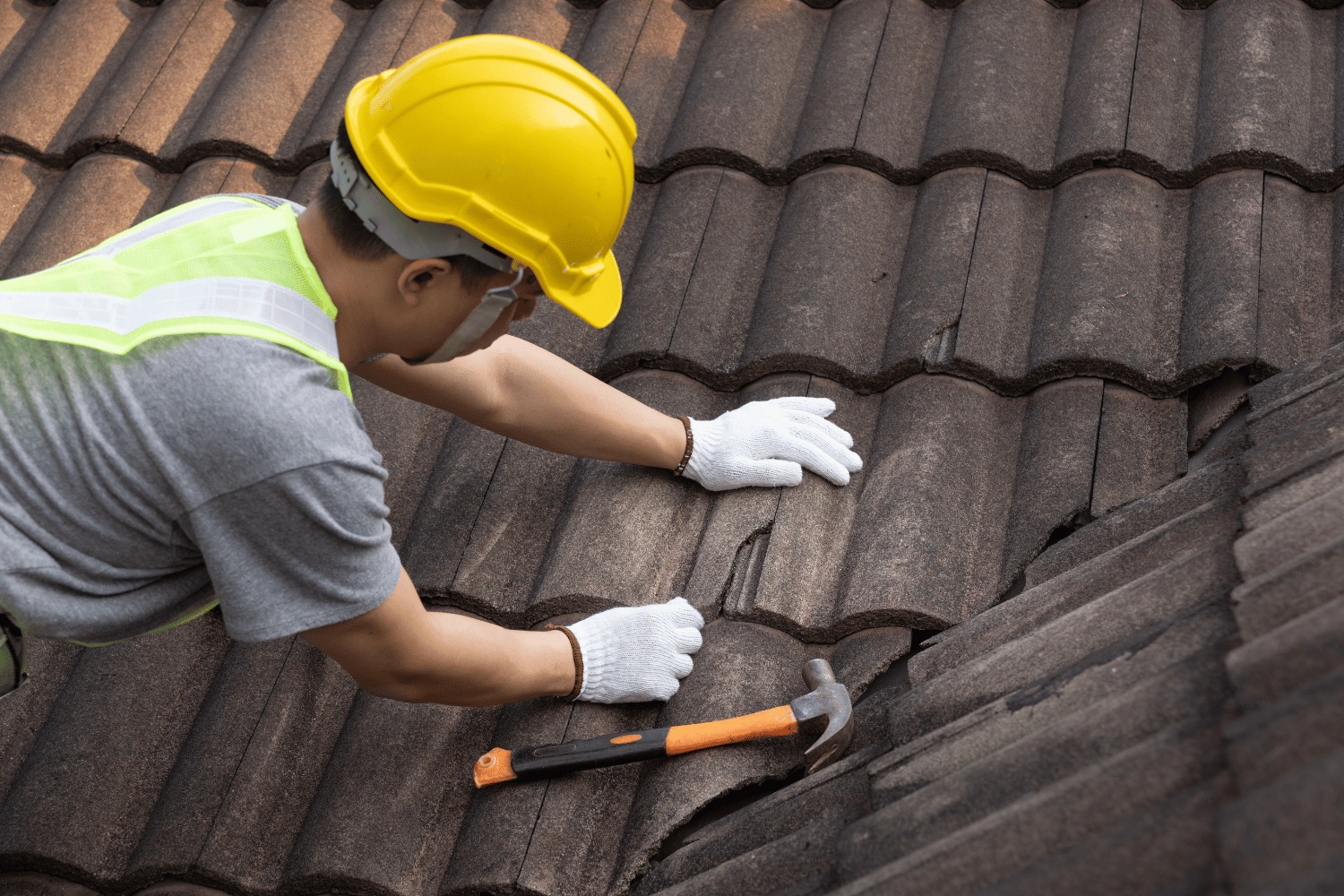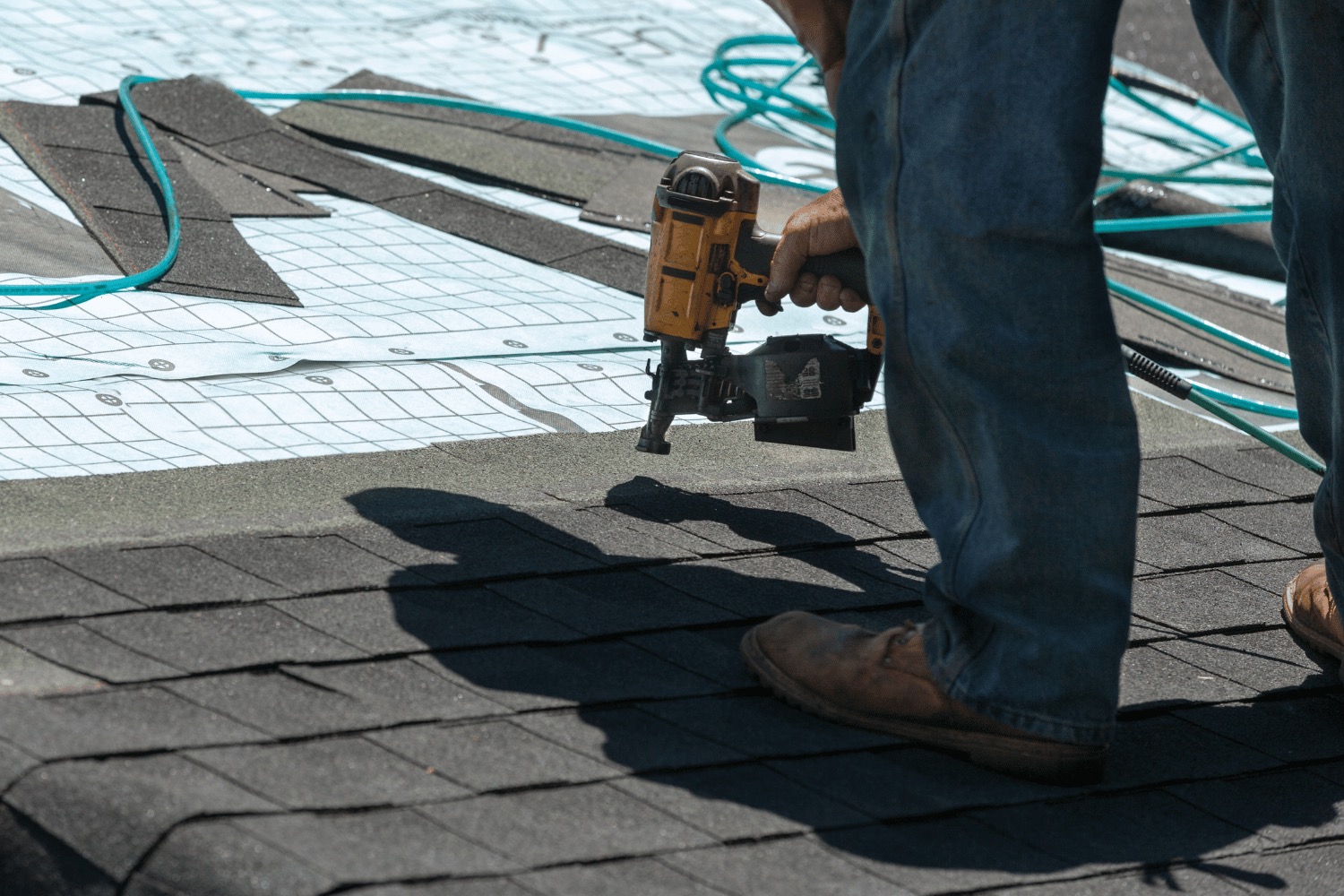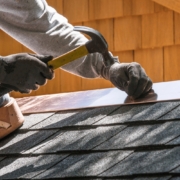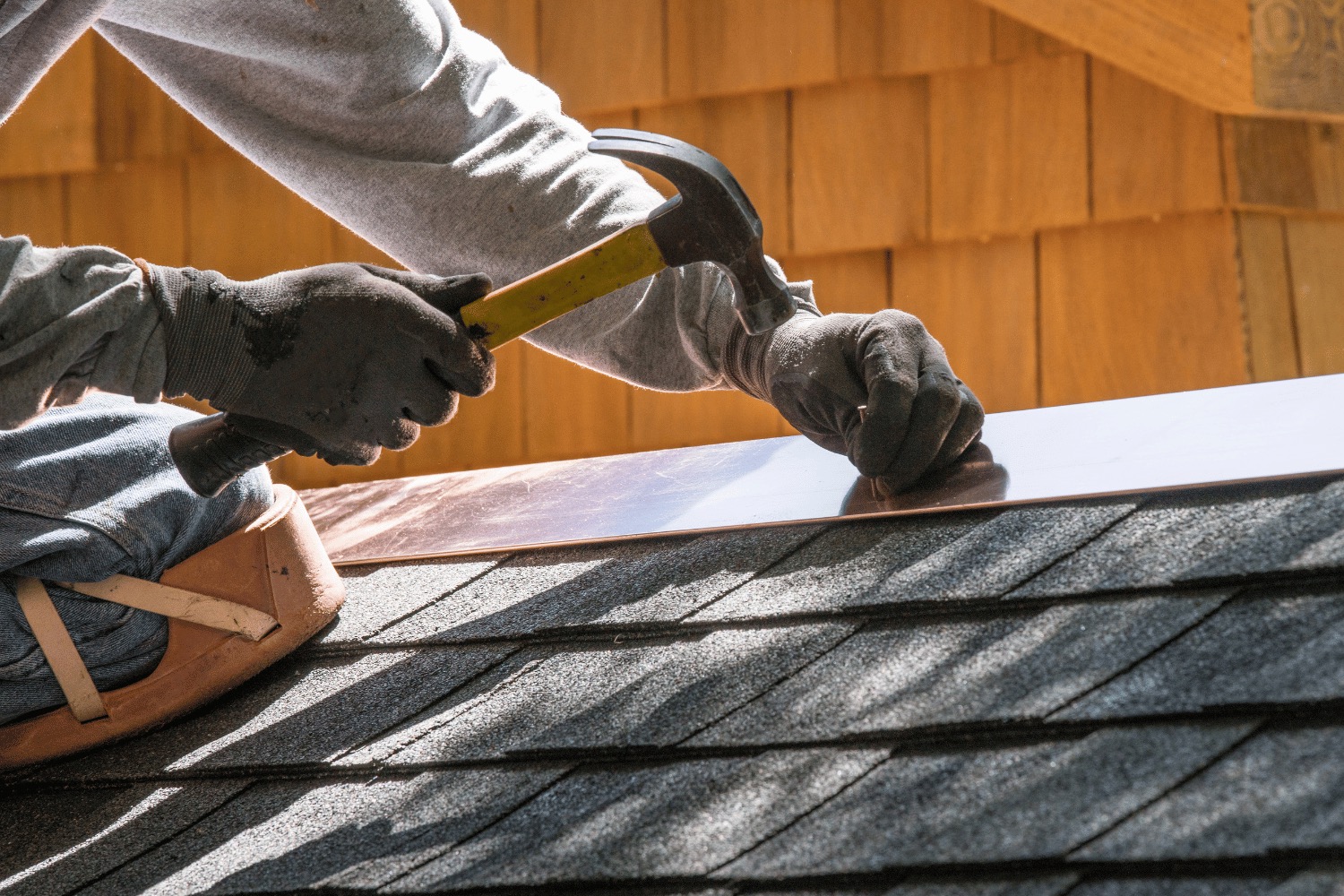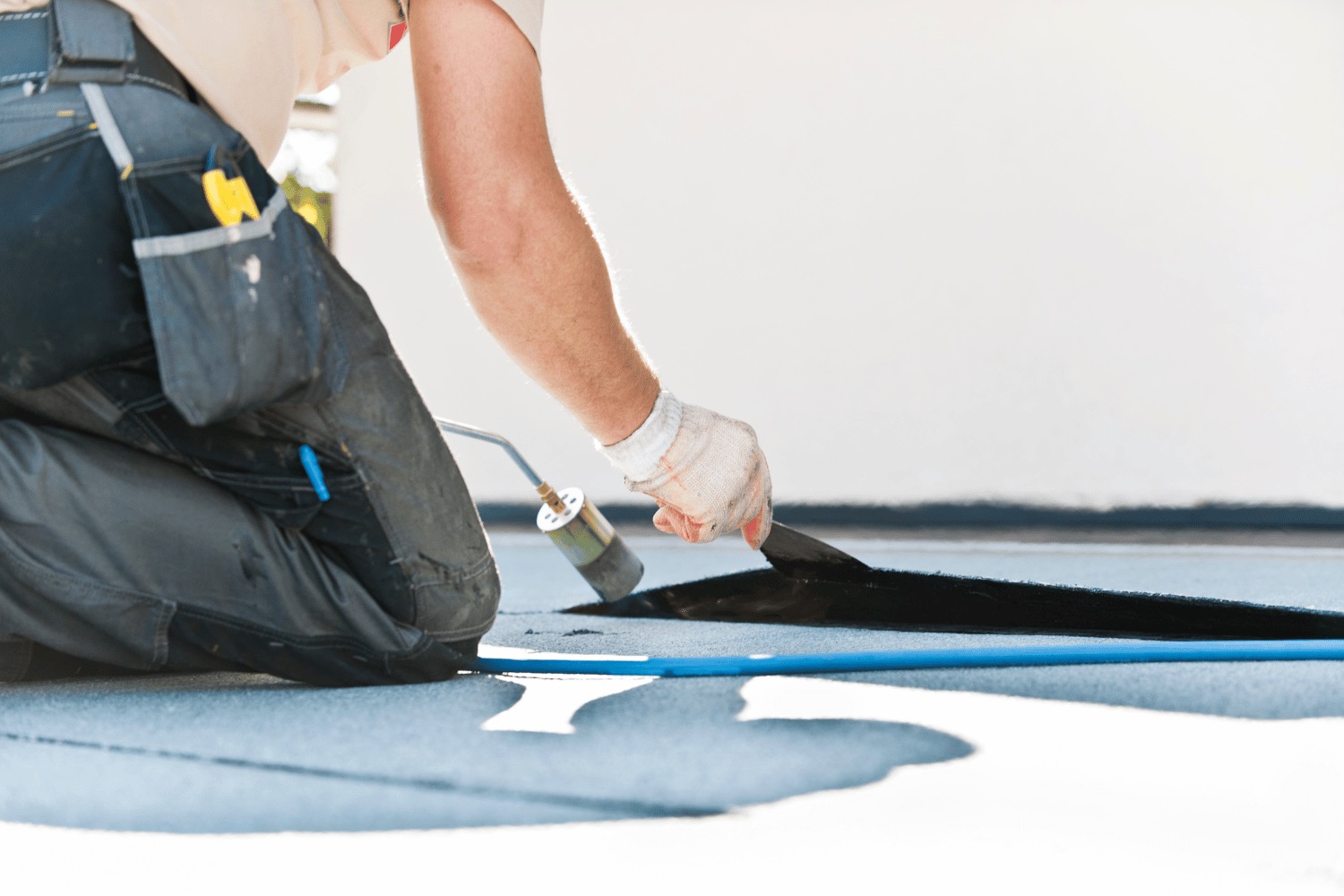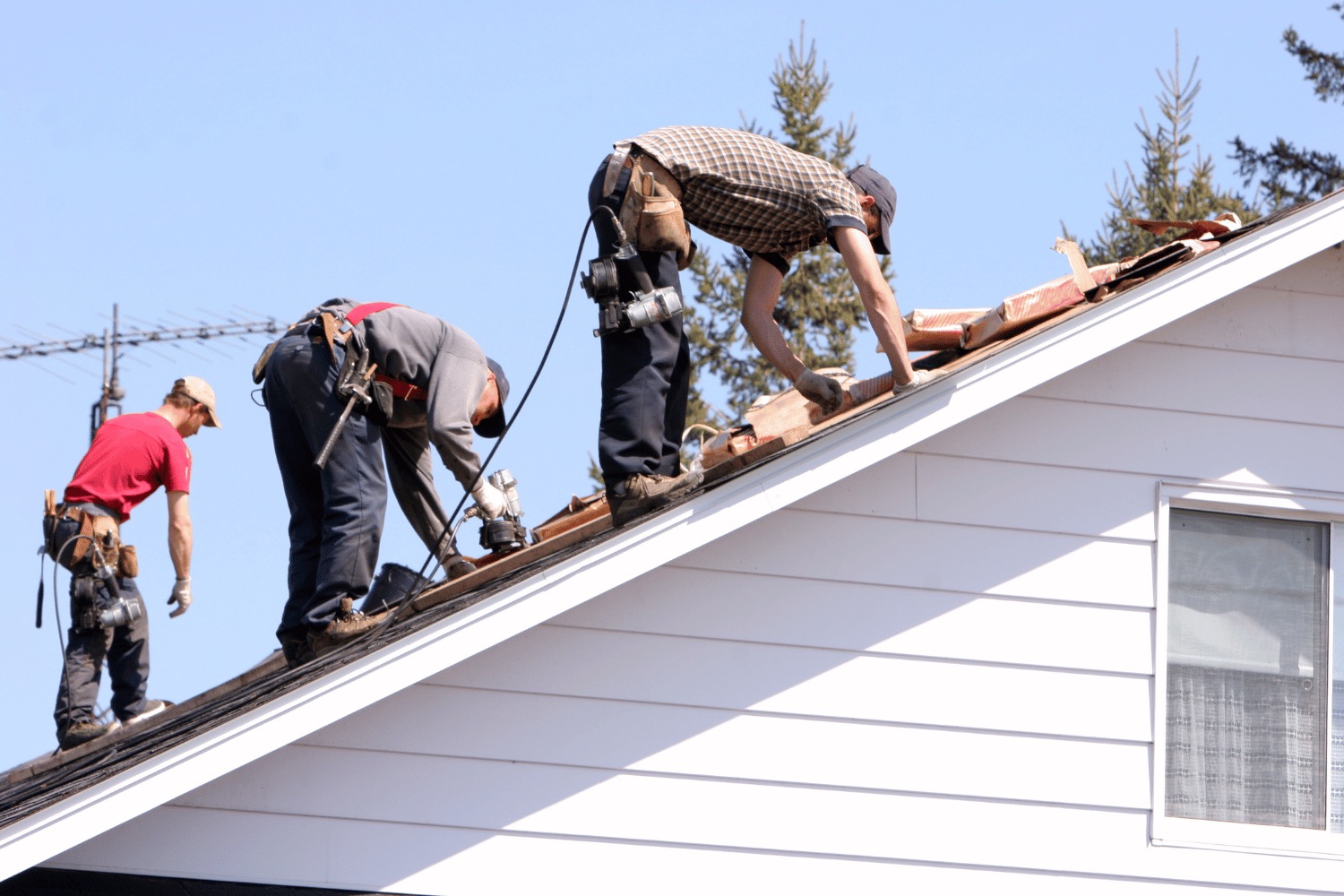Top Tips for Preventing Shingle Buckling on Your Roof
Is your roof showing signs of shingle buckling? This common roofing issue can indicate underlying problems like poor installation, moisture, or temperature fluctuations. In this article, you’ll learn what causes shingle buckling, how to spot the early signs, and what steps you can take to prevent and fix it.
Key Takeaways
-
Shingle buckling is a sign of underlying roof issues, such as poor installation or moisture, and can lead to significant damage if ignored.
-
Preventing shingle buckling involves proper installation techniques, ensuring adequate ventilation, and conducting regular roof inspections.
-
Como Premium Exteriors offers expert roofing services, emphasizing quality workmanship, comprehensive solutions, and a five-year warranty on labor.
Understanding Shingle Buckling
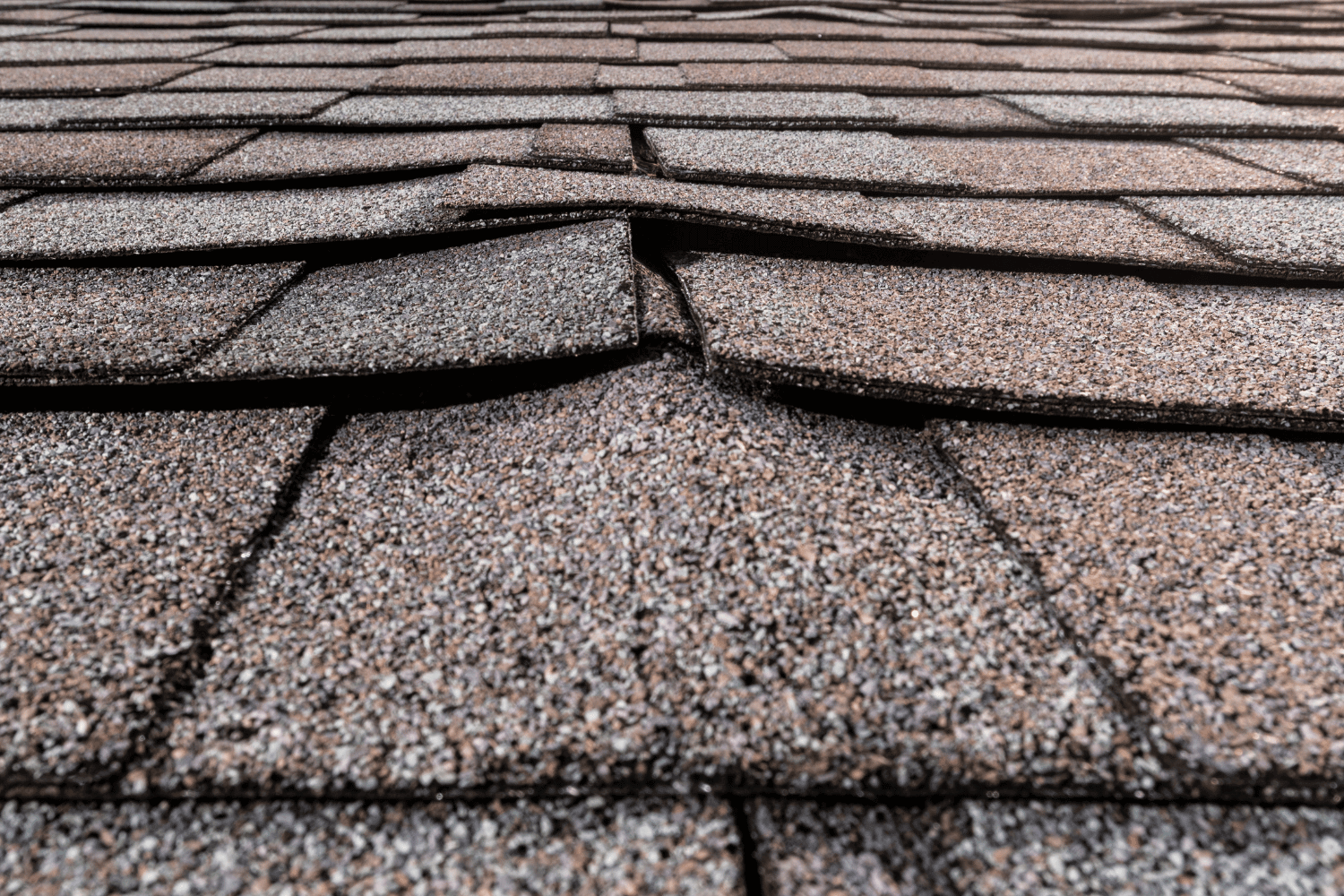
An illustration showing various roof shingles with some exhibiting shingle buckling.
Shingle buckling is a common roofing issue that indicates underlying problems with your roof. The term refers to the appearance of raised areas on the roof shingles, suggesting that something is pushing them up from underneath. This phenomenon can make your roof look unsightly and may require prompt attention to prevent further damage.
Addressing shingle buckling can prevent more significant issues. Understanding the causes and signs helps homeowners maintain their roofing systems and avoid costly repairs.
Visual Indicators of Buckling Shingles
Identifying buckled shingles early can save homeowners from extensive repairs. Common visual signs of damaged shingles include curling, buckling, and sometimes even shingles falling off. These issues often appear as raised areas on the roof, making it look uneven and distorted.
Improper nailing can also cause shingles to appear buckled. Nails that are not driven flush can distort shingles, contributing to a buckling effect. Following the manufacturer’s installation recommendations is crucial.
Promptly recognizing and addressing these visual indicators can prevent potential roofing issues and prolong the roof’s lifespan. Ensuring shingles lay flat and are properly installed is key to maintaining a robust roofing system.
Consequences of Ignoring Buckling
Ignoring buckled shingles can lead to severe problems that escalate over time. One of the primary risks is compromising the roof’s integrity, which can allow water infiltration. This can lead to significant leaks that damage the interior of your home and cause structural issues.
Buckling shingles often expose the roofing underlayment, leading to further damage. This exposure makes the roof more vulnerable to environmental elements, accelerating deterioration and increasing repair costs.
Neglecting buckling shingles can result in extensive water damage, mold growth, and compromised structural integrity. Addressing buckling promptly can prevent these severe outcomes and keep your roof in good condition.
Common Causes of Shingle Buckling

A cartoon illustrating common causes of shingle buckling, like moisture and improper installation.
Knowing the common causes of shingle buckling helps in prevention and addressing the issue. Poor ventilation, improper installation, and environmental exposure over time often lead to weakened and buckled shingles.
Aging shingles lose their pliability, leading to cracking and curling. Addressing these issues is crucial for maintaining roof integrity and preventing leaks.
Improper Installation
Improper installation, such as incorrect nailing and faulty underlayment, significantly contributes to shingle buckling. Overdriven nails can cause movement and shifting, leading to lifting and buckling.
Proper installation by qualified roof installers and the use of high-quality materials can significantly impact the longevity and performance of your roof, preventing these problems.
Moisture Issues
Excessive moisture can cause shingles to swell and expand, leading to structural issues. Common sources include leaks, condensation, and poor attic ventilation, which increase dampness in a building.
Proper attic ventilation prevents moisture buildup and helps shingles maintain their integrity. Installing baffles in the attic ensures unobstructed airflow for optimal ventilation.
Neglecting moisture-related issues can cause significant water damage and mold growth. Identifying and fixing moisture sources helps prevent future buckling and maintains a healthy roofing environment.
Thermal Expansion and Contraction
Temperature fluctuations cause shingles to expand and contract, leading to loosening, shifting, and shingles to buckle.
Good-quality architectural shingles reduce the likelihood of buckling from temperature changes. Using materials designed to withstand thermal expansion and contraction ensures long-term performance.
Aging and Deterioration
Aging and environmental exposure make shingles brittle and less pliable, leading to cracking and curling. Sun, wind, rain, and UV rays contribute to the aging process, weakening shingles over time.
Temperature fluctuations can affect the wood deck beneath shingles, causing expansion or contraction and misalignment. Regular maintenance and timely replacement of aging shingles help prevent these issues with wood decking materials.
Preventing Shingle Buckling
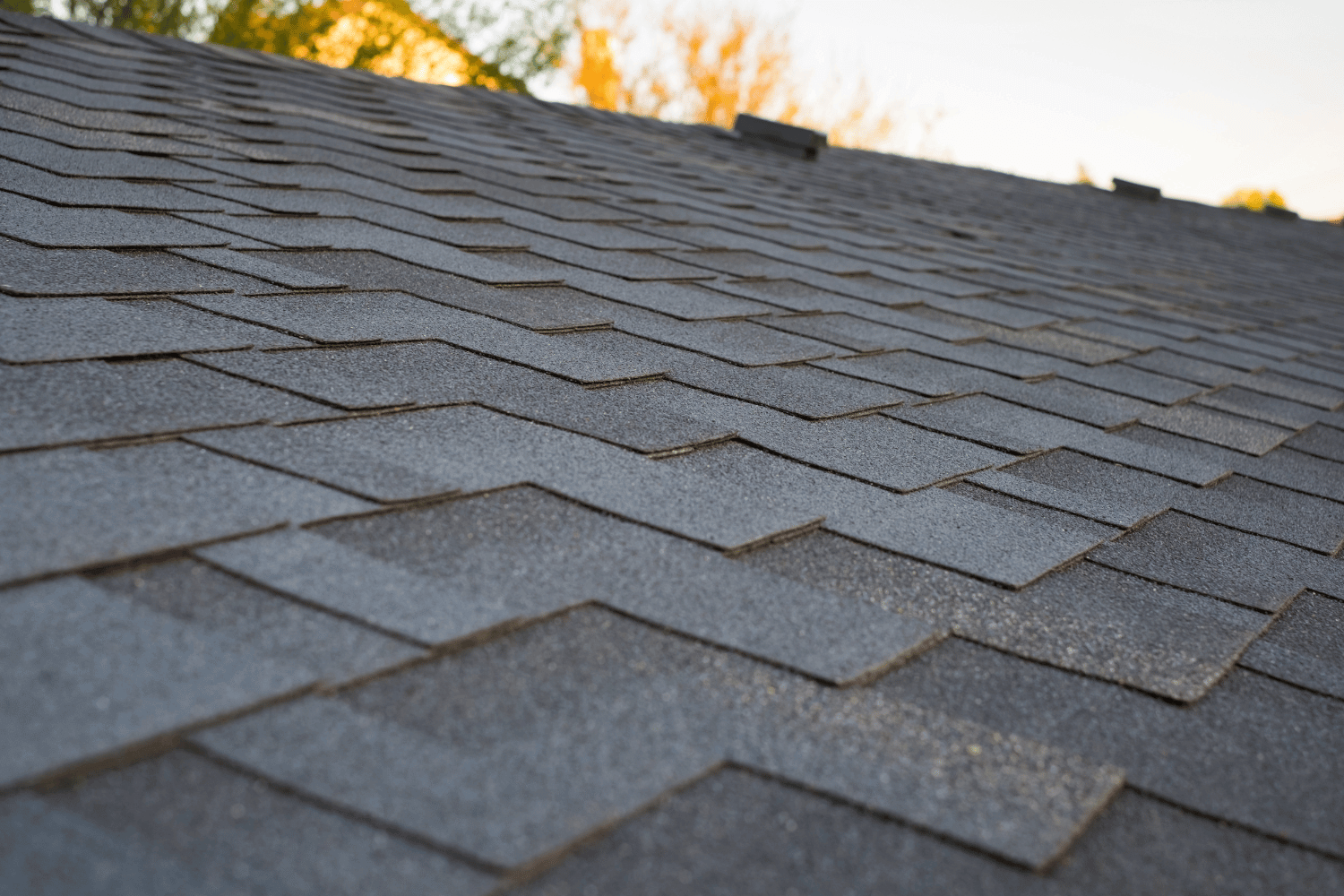
An illustration of a well-maintained roof emphasizing prevention of shingle buckling.
Proper roof installation and replacement prevent buckling shingles. Using preventative measures like proper nailing techniques and adequate ventilation during installation can significantly reduce this risk.
Regular roof inspections catch issues early and maintain the integrity of your roofing system. Implementing these strategies helps protect and extend the roof’s lifespan.
Proper Installation Techniques
Hiring qualified contractors ensures that the roofing work is done correctly, protecting your property from potential damage. Using high-quality shingles from reputable manufacturers is essential for the longevity of the roof. Proper nailing techniques during installation prevent future buckling issues.
Repairing or replacing damaged roofing shingles involves carefully removing the affected shingles and using correct nailing techniques.
Ensuring Adequate Ventilation
Ventilation maintains balanced temperature and humidity levels in the attic, alleviating moisture problems. Proper attic ventilation is essential for a healthy roofing environment and preventing shingle buckling from moisture and thermal expansion.
Proper attic ventilation significantly impacts the longevity of your roof.
Regular Roof Inspections
Regular roof inspections certify the roof’s condition, especially before buying or selling a property. Early detection of shingle buckling through regular inspections can save homeowners costly repairs.
Leaks and condensation can increase moisture content in roofing materials, leading to damage. Regular inspections identify moisture issues early, preventing further damage and buckling, and help absorb moisture effectively.
Solutions for Buckled Shingles

An illustration showcasing the services provided by Como Premium Exteriors.
Various techniques can address shingle buckling and restore roofing integrity. Seeking professional help immediately when spotting buckled shingles avoids further damage.
Addressing buckled shingles promptly prevents extensive damage and maintains the health of the roofing system.
Repairing Damaged Shingles
Localized buckling can be remedied by re-nailing or re-adhering affected shingles. Repairing damaged shingles maintains the roof’s integrity.
Timely repairs and routine inspections extend the roof’s lifespan and prevent extensive damage. Professional roofers ensure repairs are done correctly and efficiently.
Roof Replacement
For widespread shingle buckling, complete roof replacement is the best course of action. It involves removing existing shingles, addressing underlying issues, and installing new materials.
Widespread buckling may indicate that a roof buckling is nearing the end of its lifespan, necessitating complete replacement. Professional roofers can assess your roof’s condition and recommend the best course of action.
Addressing Moisture Sources
Addressing moisture sources prevents future shingle buckling. Common causes include leaks, condensation, and poor ventilation.
Adequate ventilation prevents moisture buildup and reduces thermal expansion issues in roof spaces. Addressing moisture sources maintains a healthy roofing environment and prevents future buckling, promoting moisture equilibrium.
Why Choose Como Premium Exteriors?
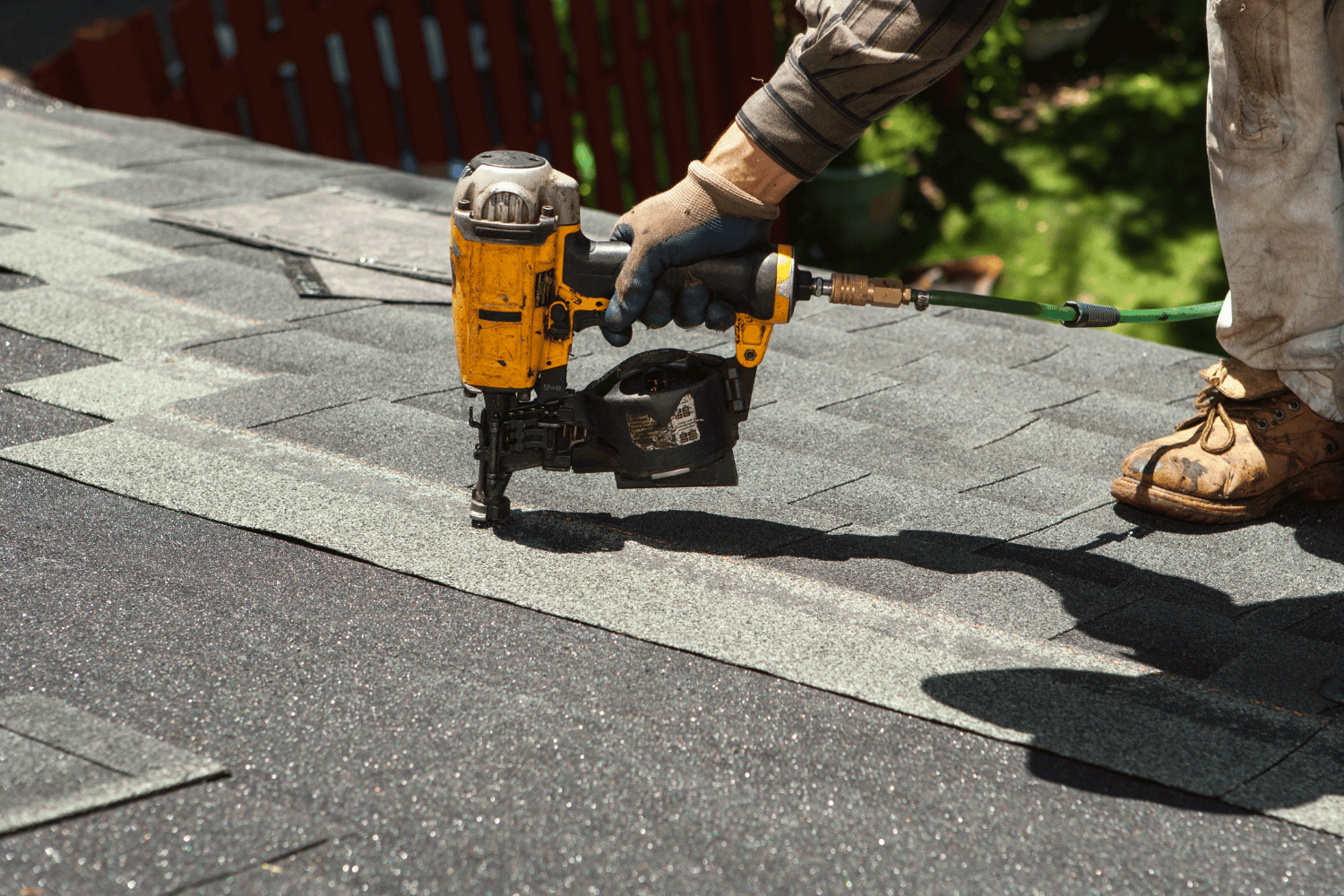
A cartoon depicting solutions for buckled shingles, including repair and replacement options.
Choosing the right roofing contractor is crucial for ensuring the longevity and integrity of your roof. Como Premium Exteriors specializes in roof inspections, reliable repairs, and full-service roofing replacements, providing a comprehensive solution for all your roofing needs.
Choosing Como Premium Exteriors guarantees expertise and quality workmanship. Their commitment to excellence and customer satisfaction makes them a top choice for maintaining or improving roofing systems.
Customer Satisfaction
Customers consistently praise Como Premium Exteriors for their seamless process and professionalism. One customer described their roof and gutter replacement process as seamless, noting the company’s punctuality and professionalism. Another customer expressed high satisfaction with their second roof installation, considering Como Premium Exteriors their top choice.
The company’s quick and friendly service has also been highlighted. A customer appreciated the efficient identification and repair of a roof leak. The promptness and professionalism of Como Premium Exteriors staff enhance the overall experience.
Comprehensive Roofing Services
Como Premium Exteriors offers various roofing solutions tailored to customer needs, including roof repair, new roofing, commercial roofing, and specializing in materials like asphalt shingles and metal roofing, as recognized by the asphalt roofing manufacturers association and the roofing manufacturer. Their commitment to quality ensures every client receives the best care.
Additionally, Como Premium Exteriors provides roof replacement, gutter installation, and exterior element repair, making them a one-stop-shop for all roofing needs. Their expertise ensures high-standard project completion.
Warranty and Quality Assurance
Como Premium Exteriors offers a five-year warranty on labor and workmanship, reflecting their commitment to quality. This warranty assures customers of the durability and reliability of the work performed.
Customers appreciate the assurance of a five-year warranty on labor and workmanship, highlighting the company’s dedication to high-quality materials and exceptional service. This commitment sets Como Premium Exteriors apart from other roofing contractors.
Summary
In summary, shingle buckling is a significant issue that can lead to severe problems if not addressed promptly. Understanding the causes, such as improper installation, moisture issues, thermal expansion, and aging, is essential for preventing and solving buckling shingles. By implementing proper installation techniques, ensuring adequate ventilation, and conducting regular roof inspections, homeowners can maintain the integrity of their roofing systems.
Choosing a reliable roofing contractor like Como Premium Exteriors can make a substantial difference in the longevity and quality of your roof. Their comprehensive services, commitment to customer satisfaction, and quality assurance through a five-year warranty ensure that your roofing needs are met with the highest standards. Protect your home by addressing shingle buckling proactively and choosing trusted professionals for your roofing projects.
Frequently Asked Questions
What are the common visual indicators of buckling shingles?
Buckling shingles commonly exhibit curling, distortion, and may even fall off. These visual indicators often suggest improper nailing or underlying issues that need attention.
What are the consequences of ignoring buckled shingles?
Ignoring buckled shingles can result in serious issues, including water infiltration, major leaks, and structural damage. Addressing this problem promptly is essential to protect your home and maintain the integrity of your roof.
What causes shingles to buckle?
Shingle buckling is primarily caused by improper installation, moisture issues, thermal expansion and contraction, and the aging or deterioration of the shingles. Addressing these factors promptly can prevent further structural damage.
How can shingle buckling be prevented?
To prevent shingle buckling, focus on proper installation, ensure adequate attic ventilation, and conduct regular roof inspections to identify potential problems early. Taking these measures will help maintain the integrity of your roof.
Why should I choose Como Premium Exteriors for my roofing needs?
Choosing Como Premium Exteriors guarantees expert services backed by a five-year warranty on labor and workmanship, ensuring quality and reliability for your roofing needs. Their commitment to customer satisfaction further solidifies their reputation in the industry.


